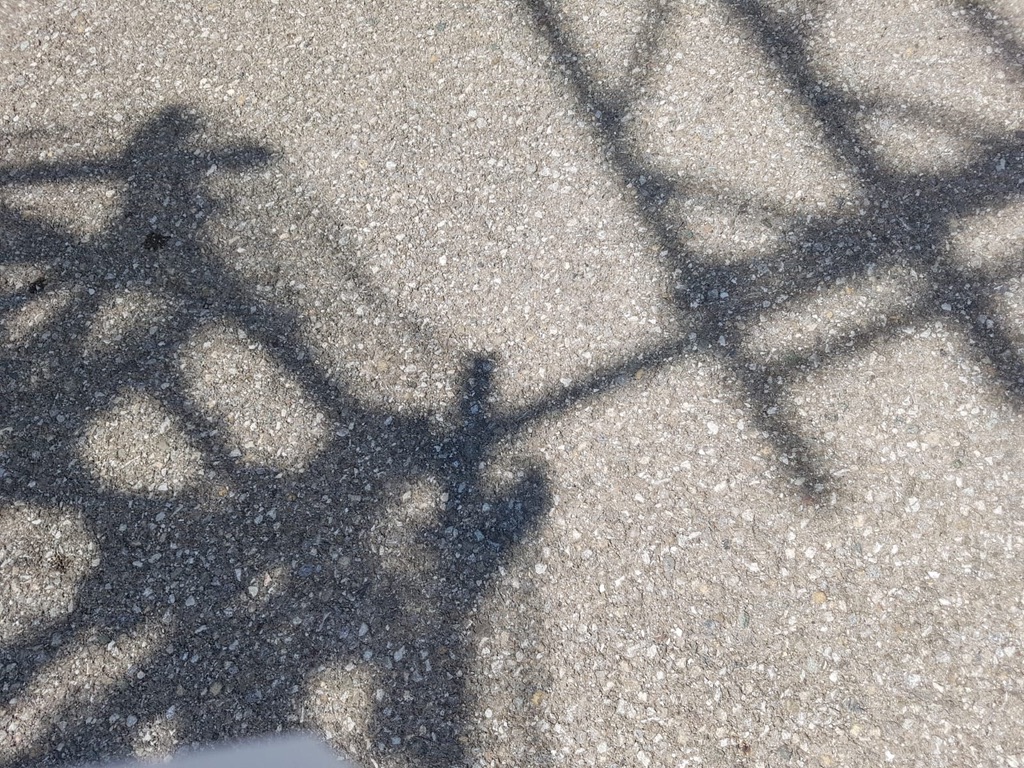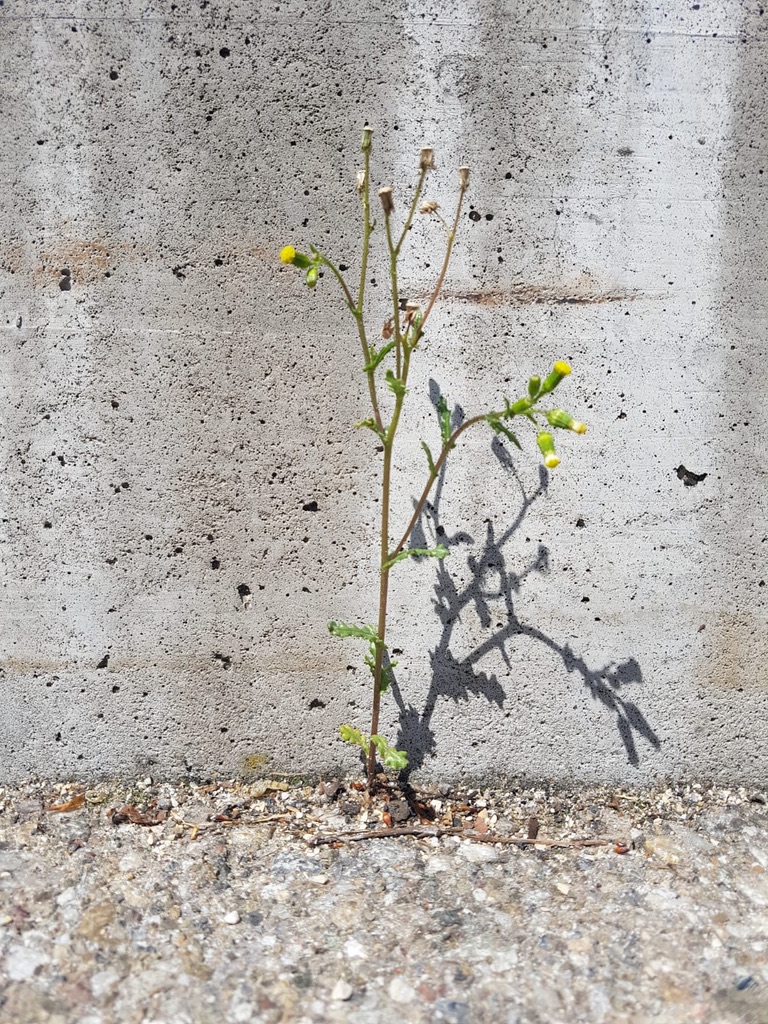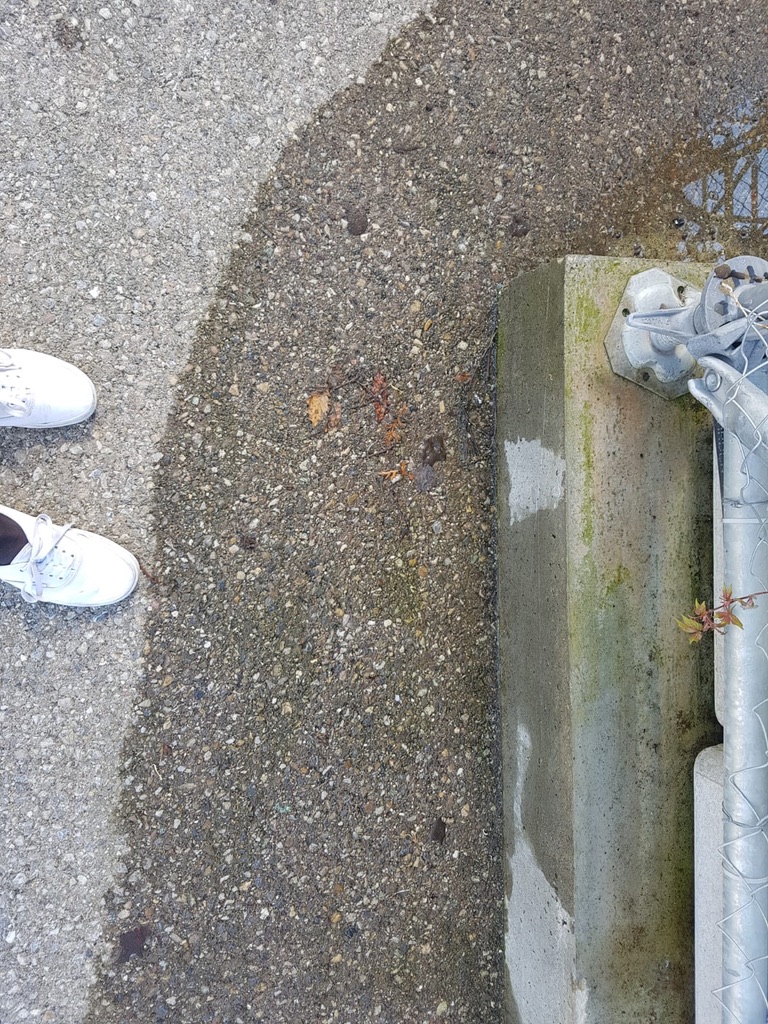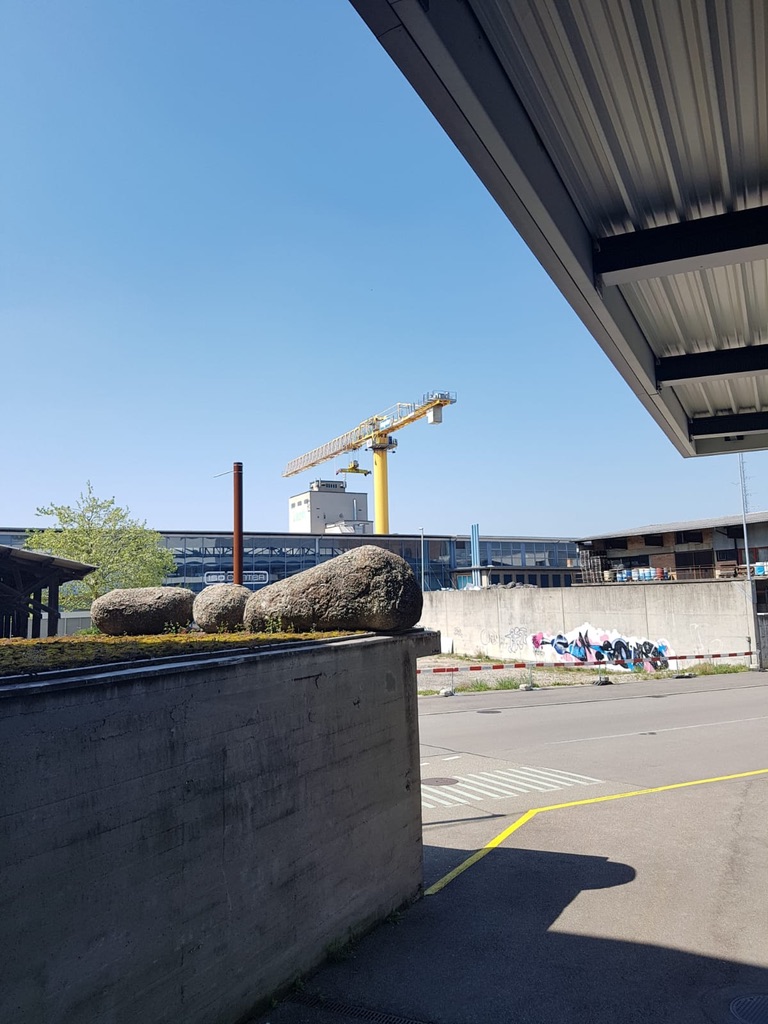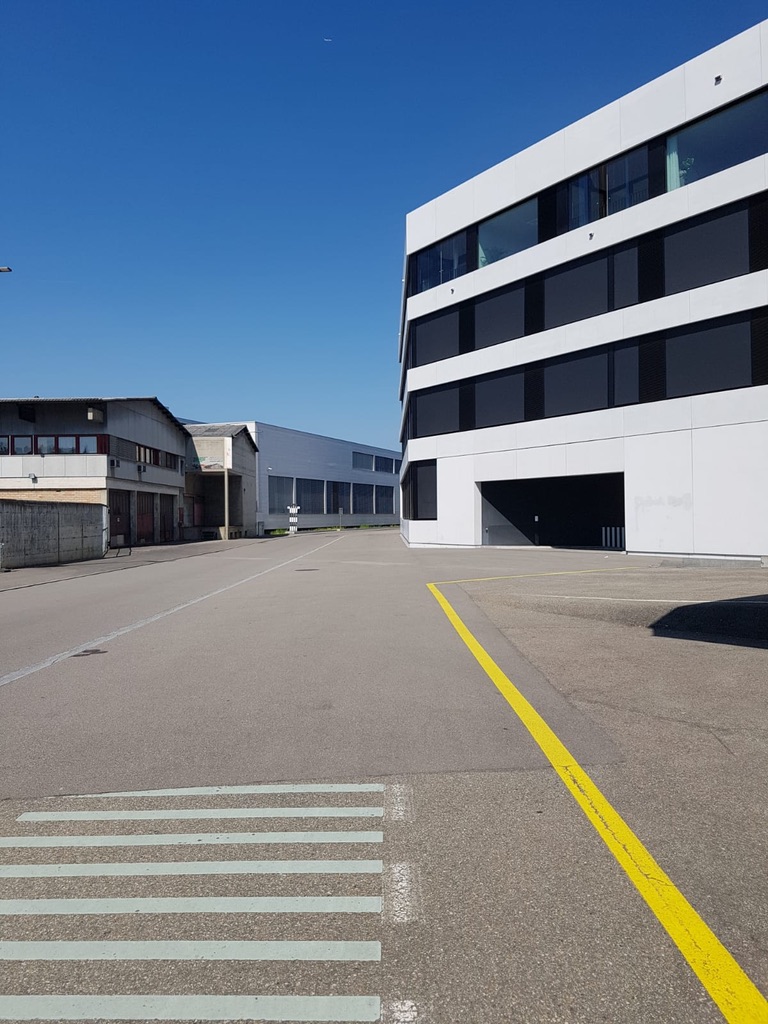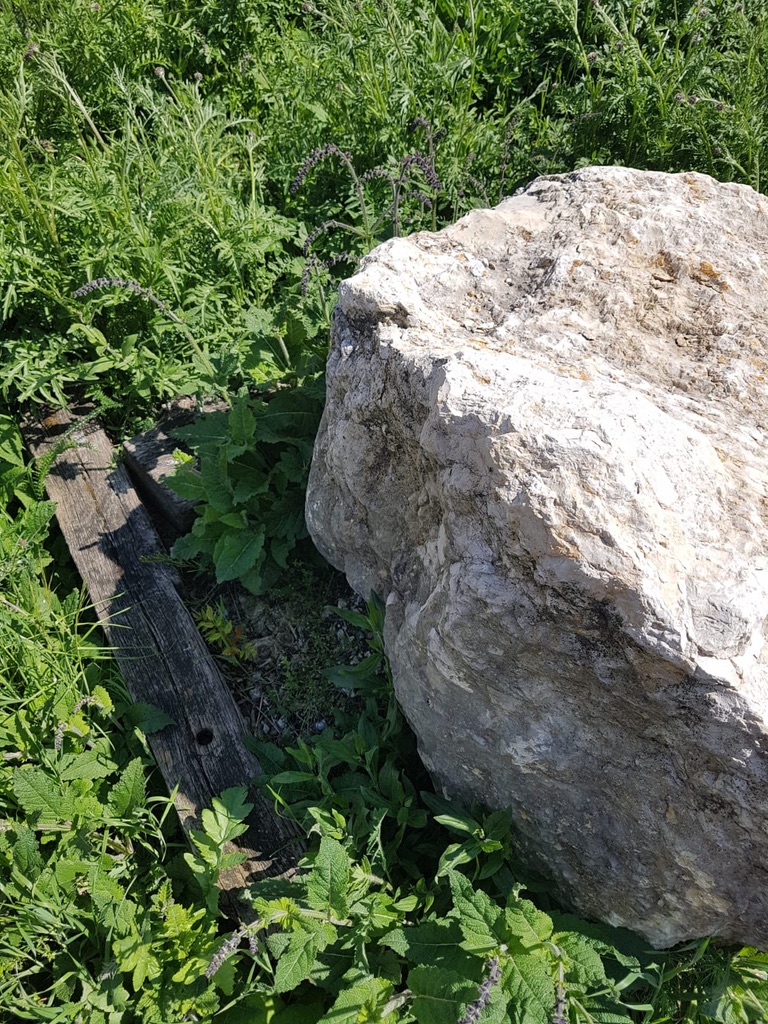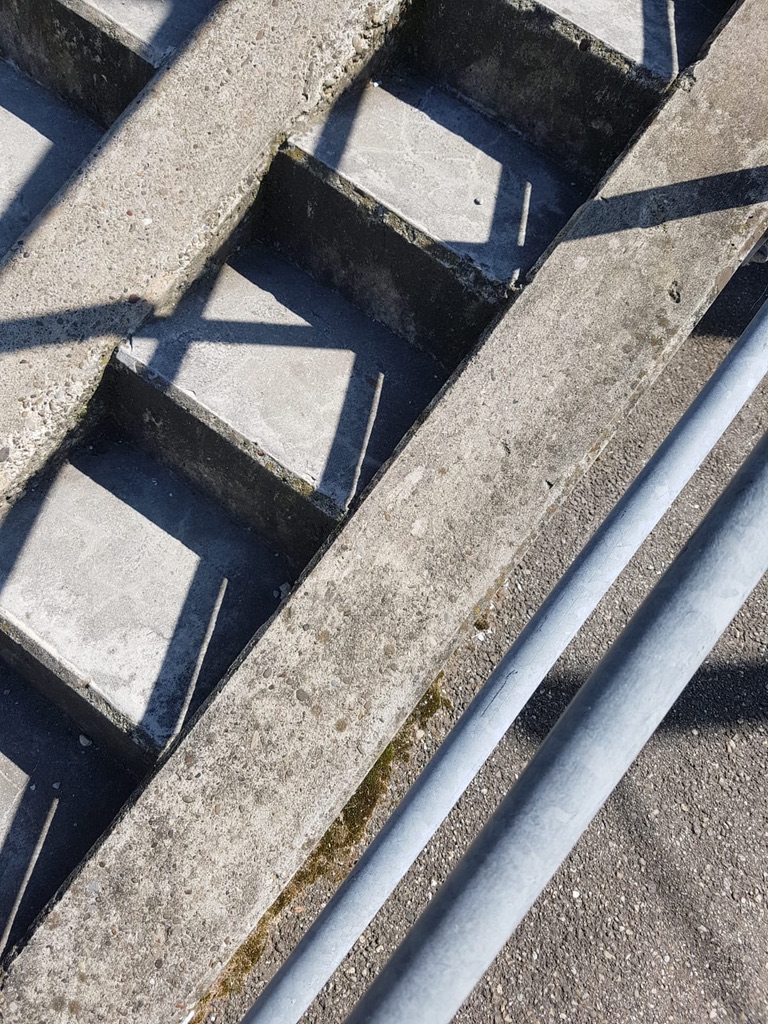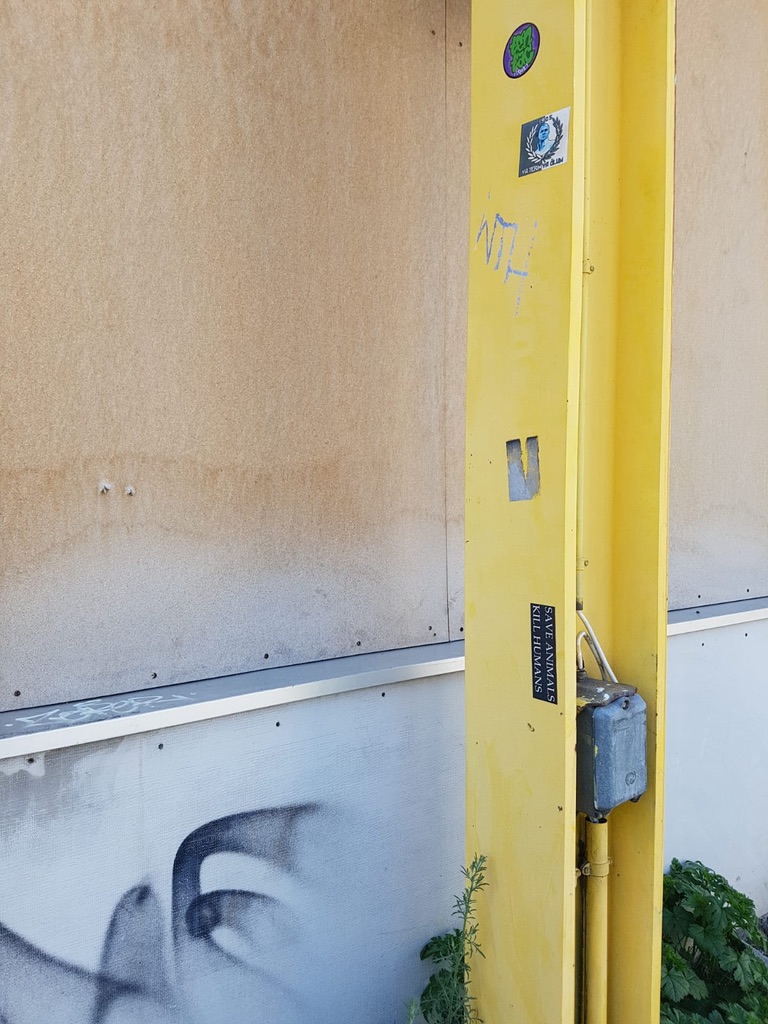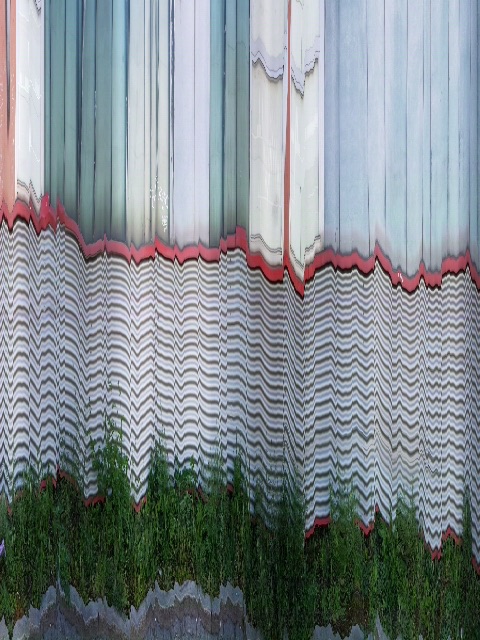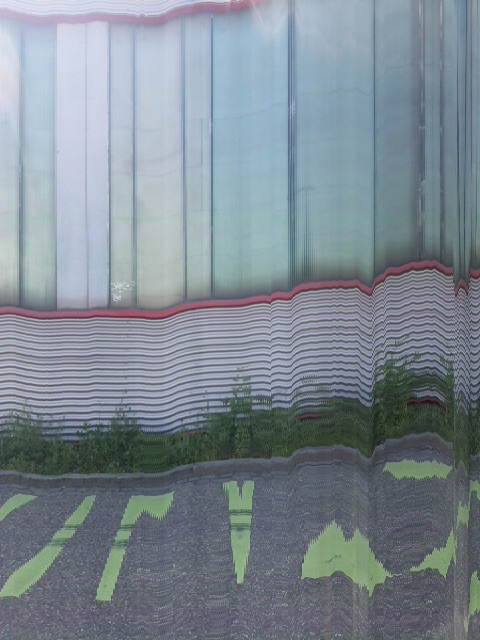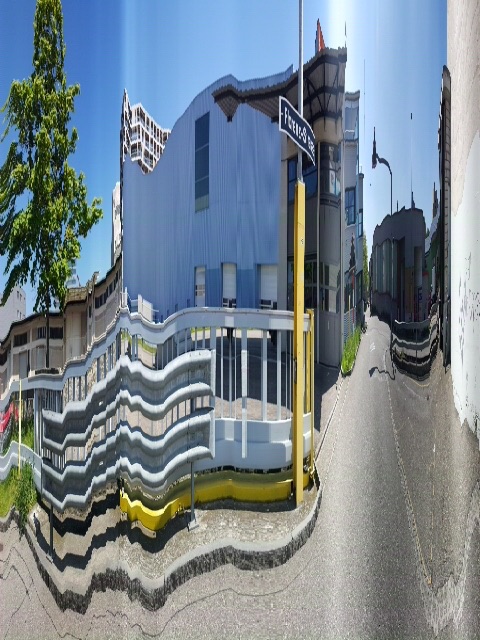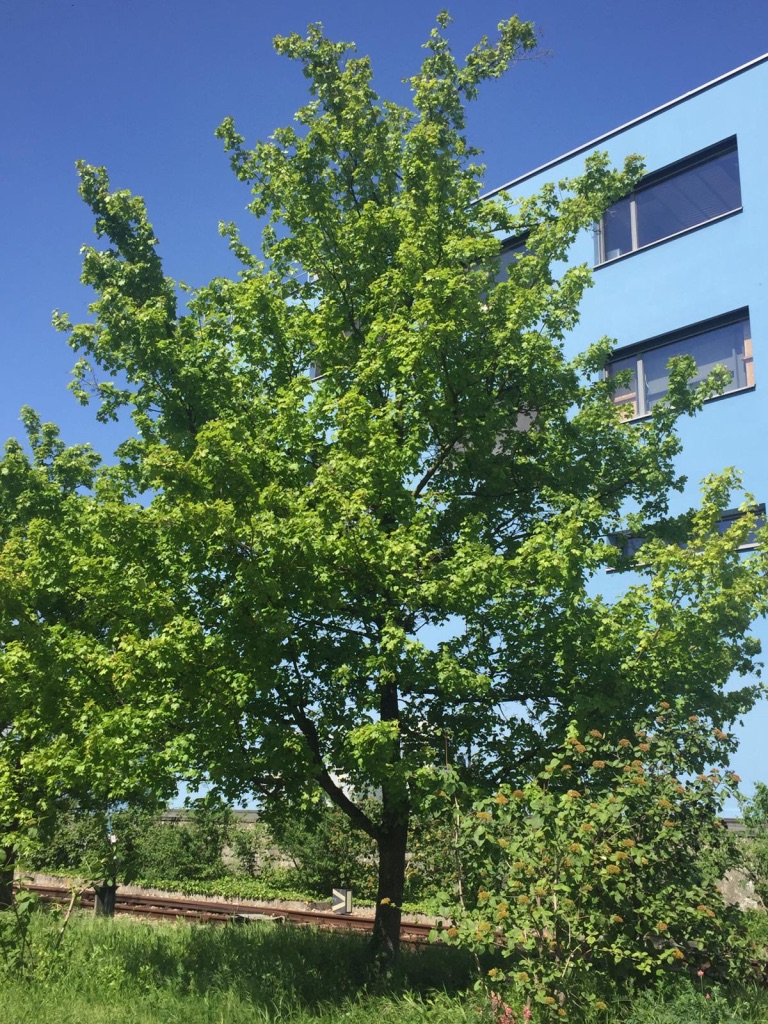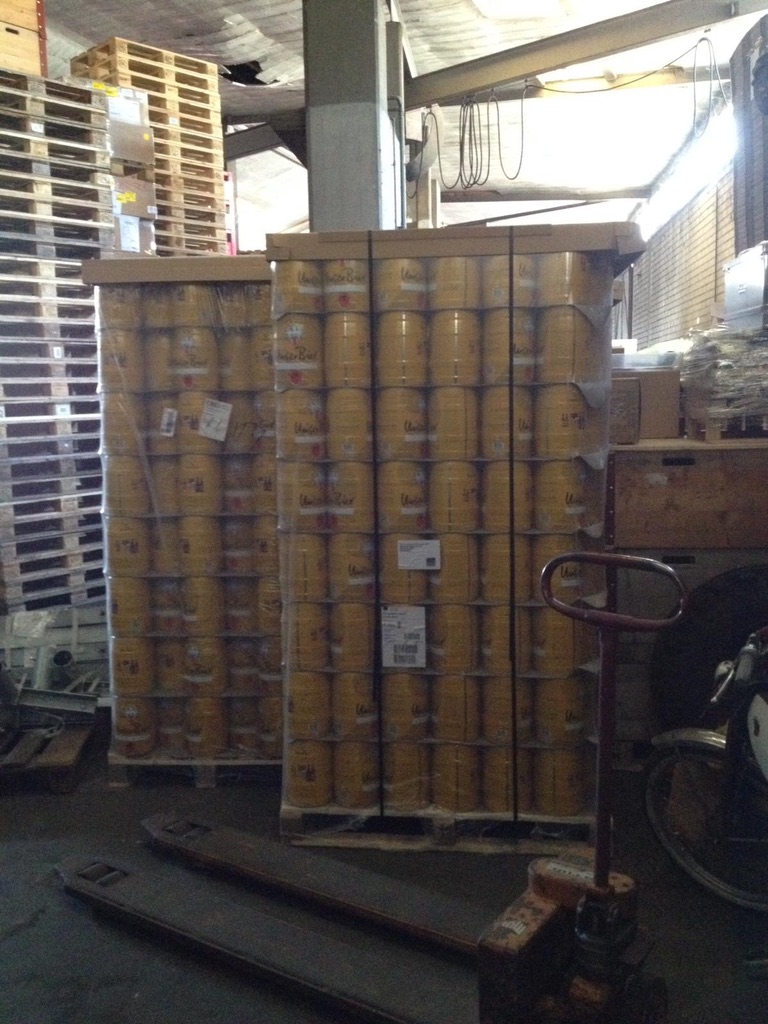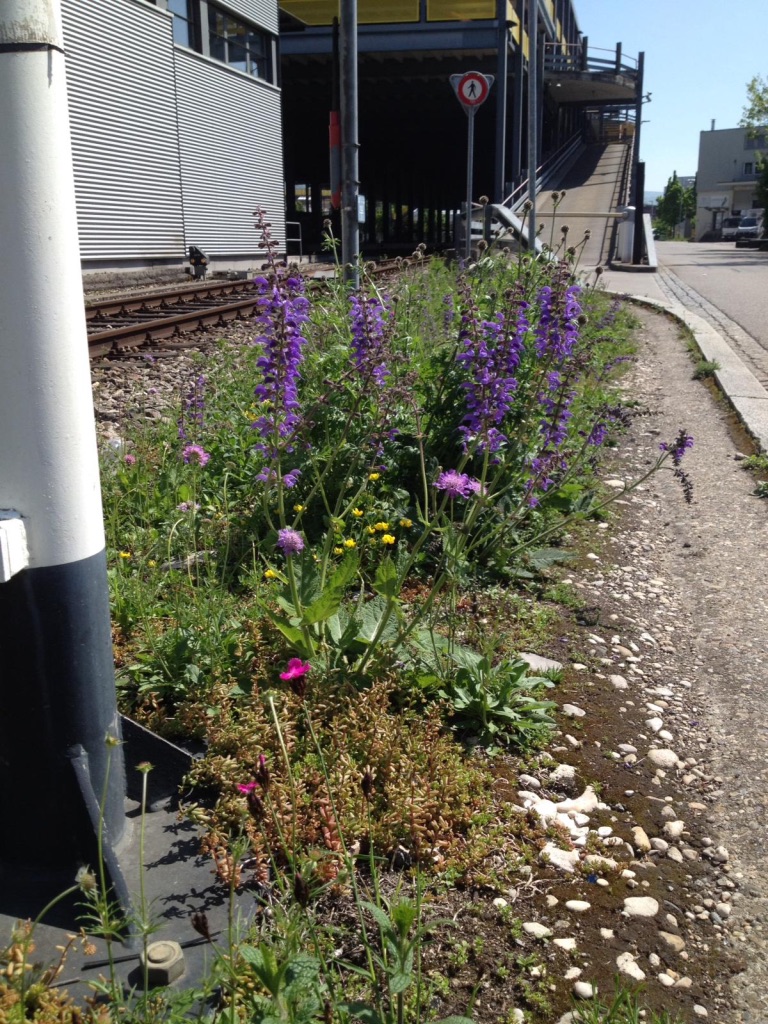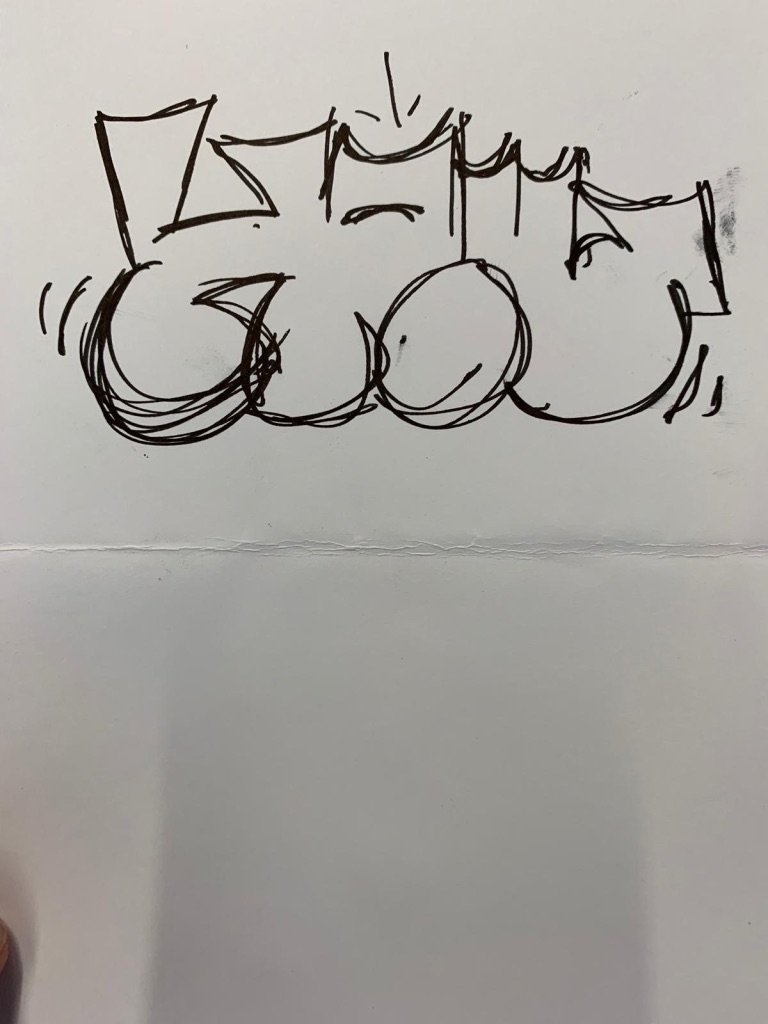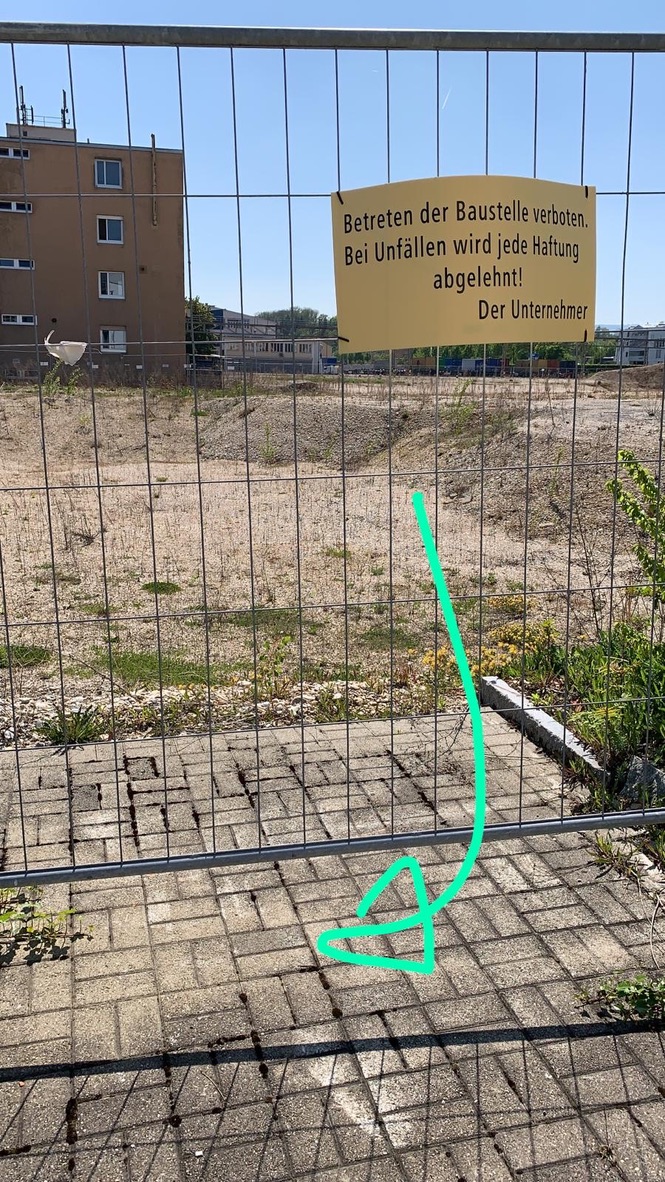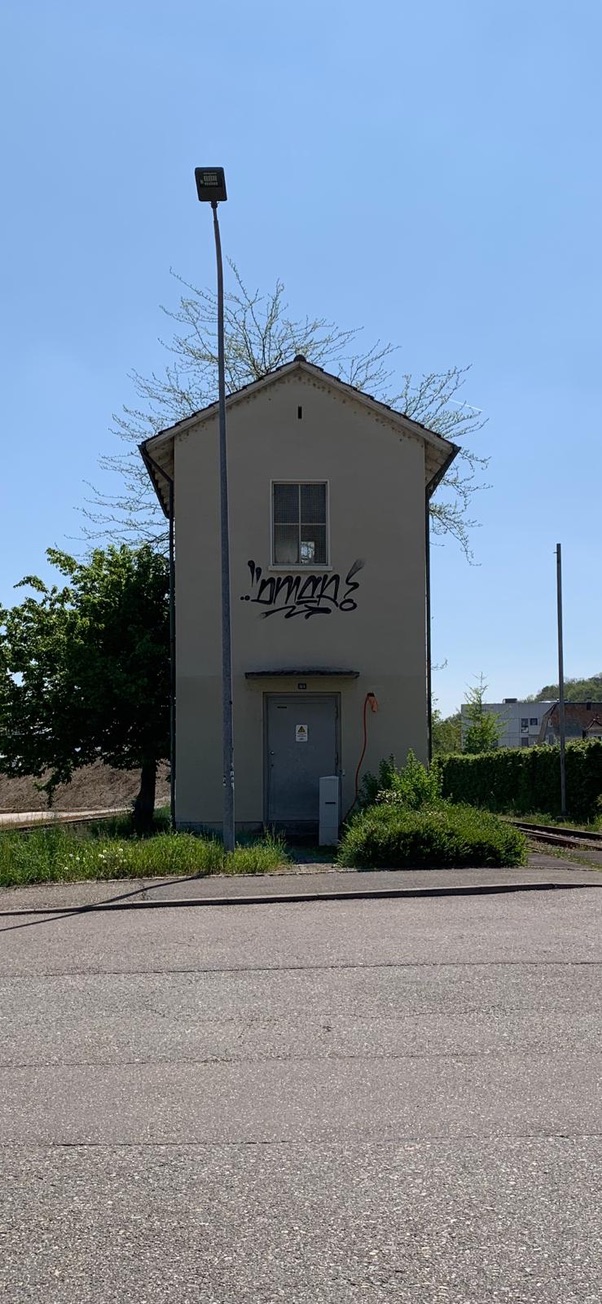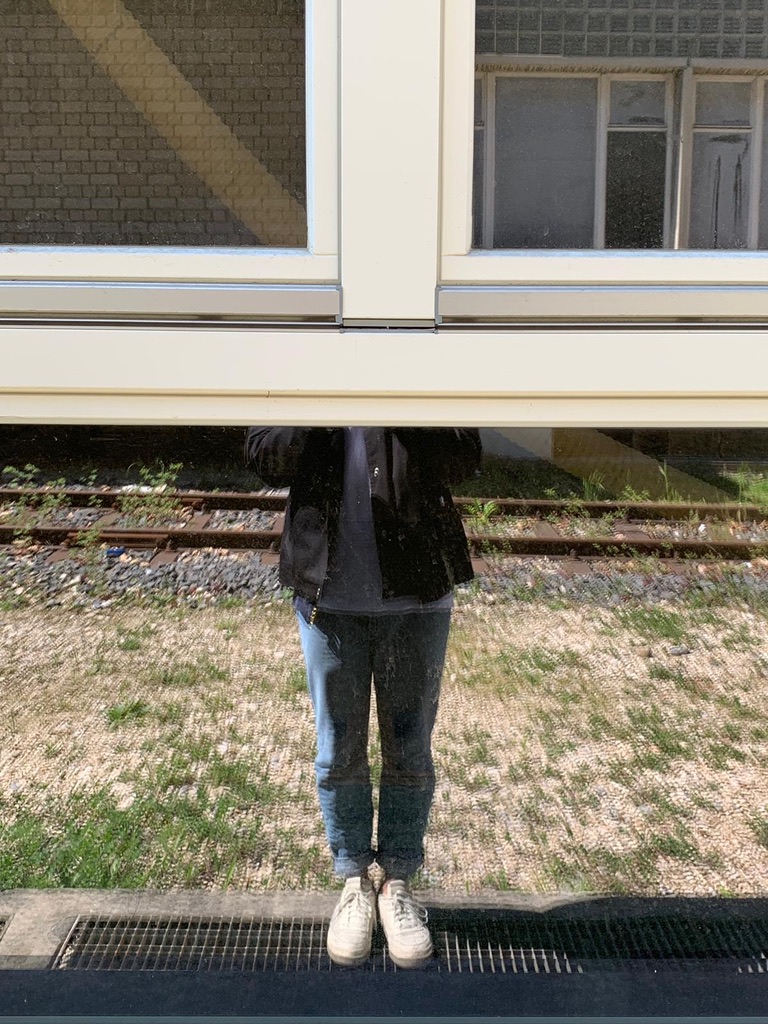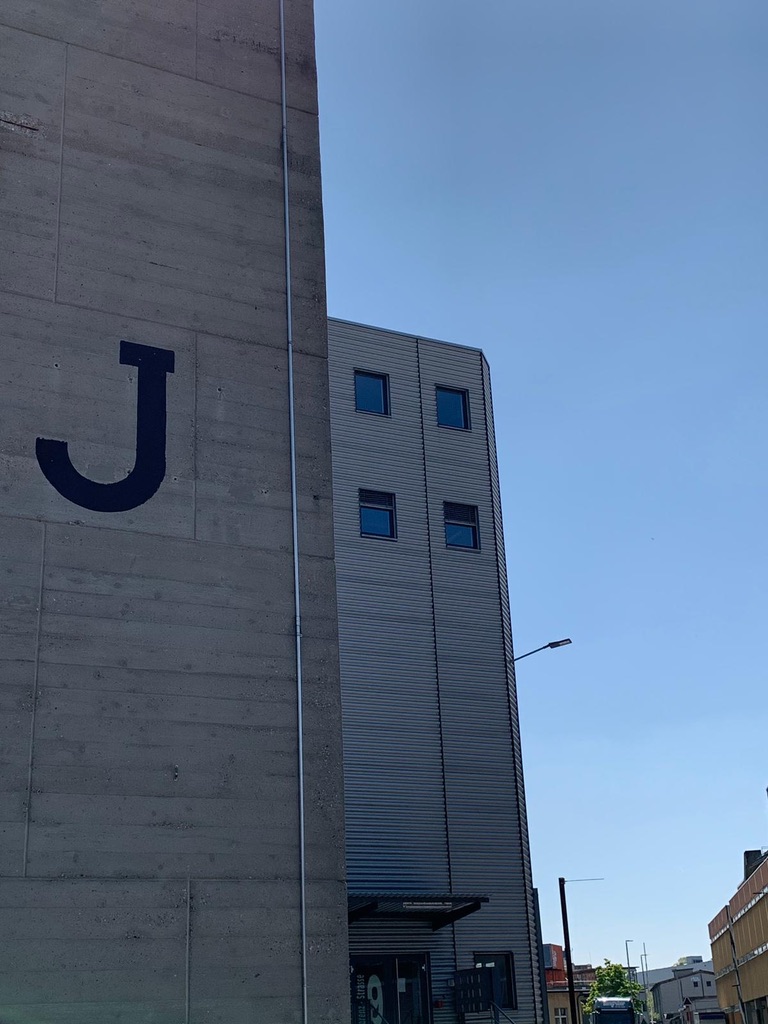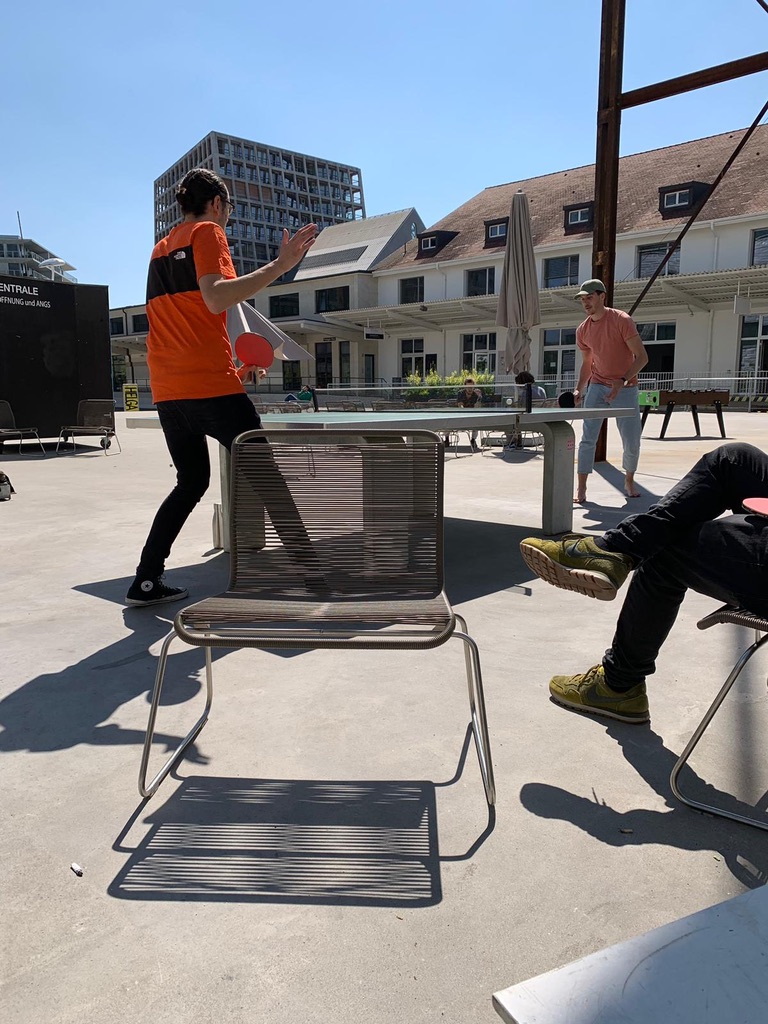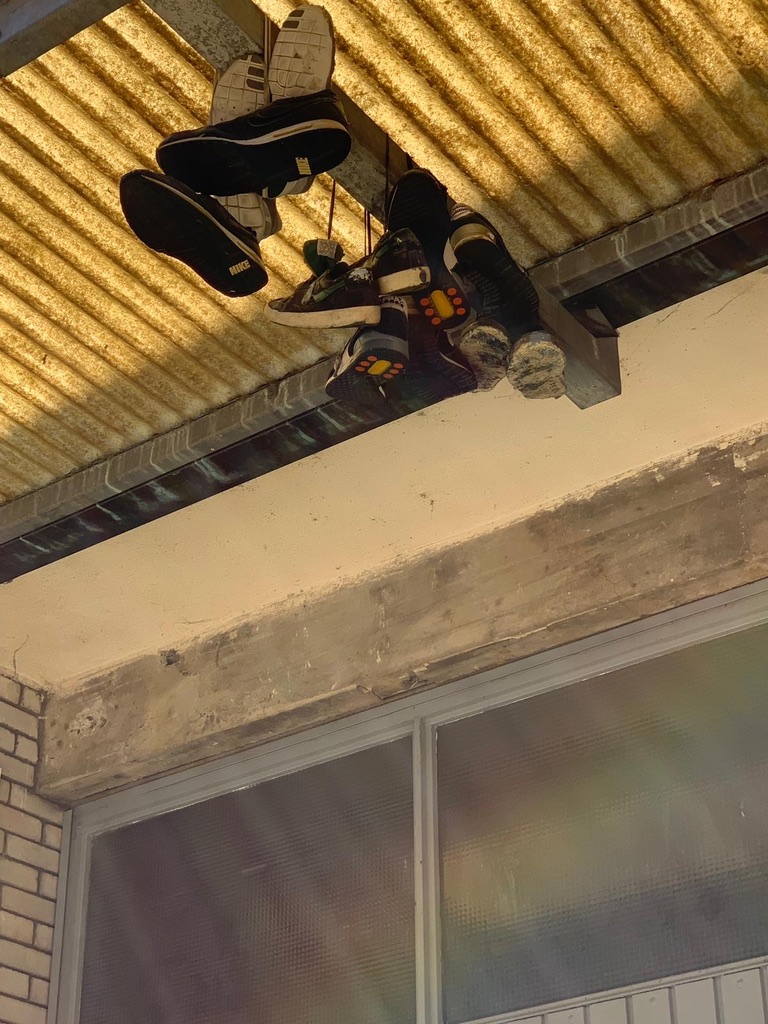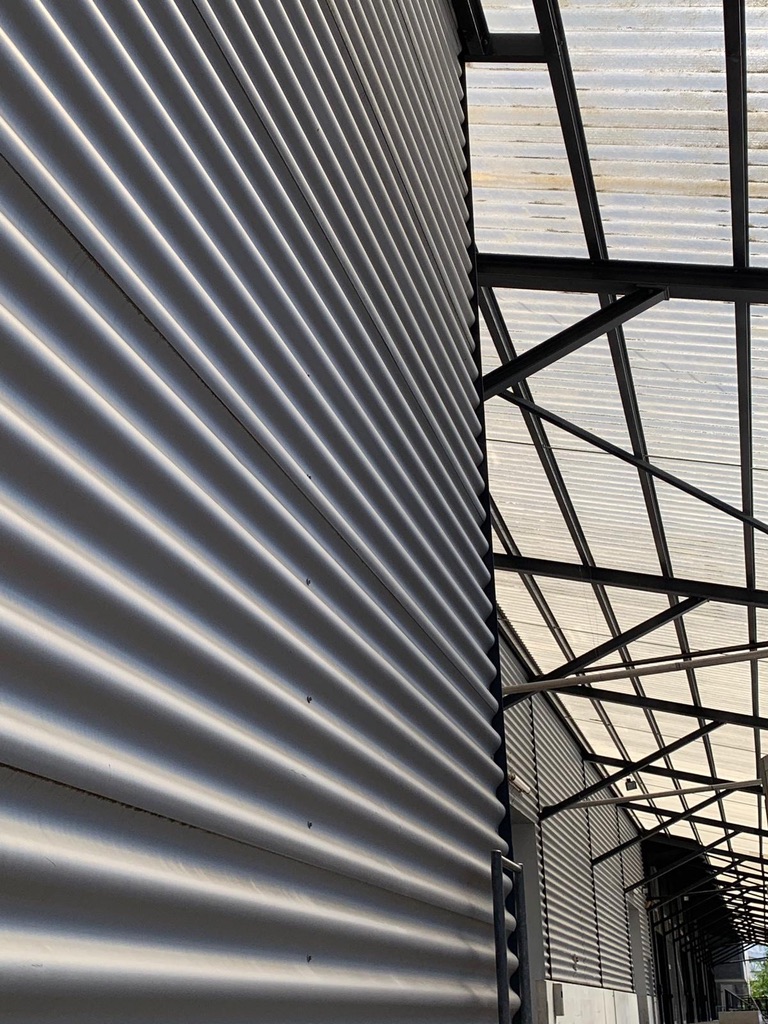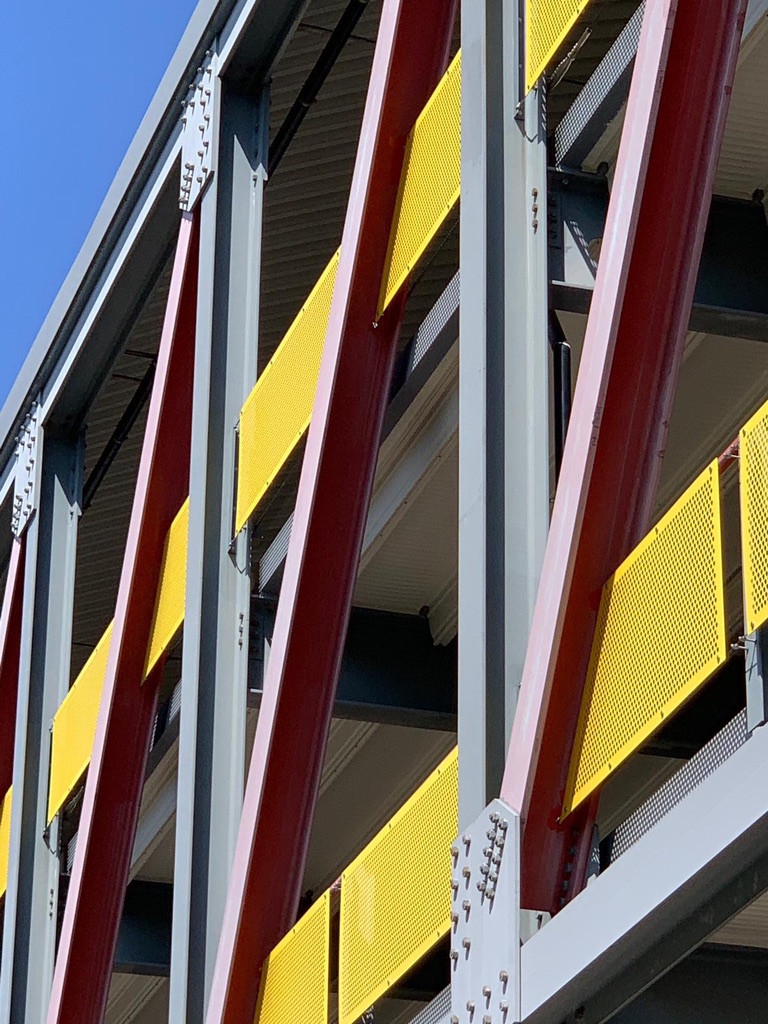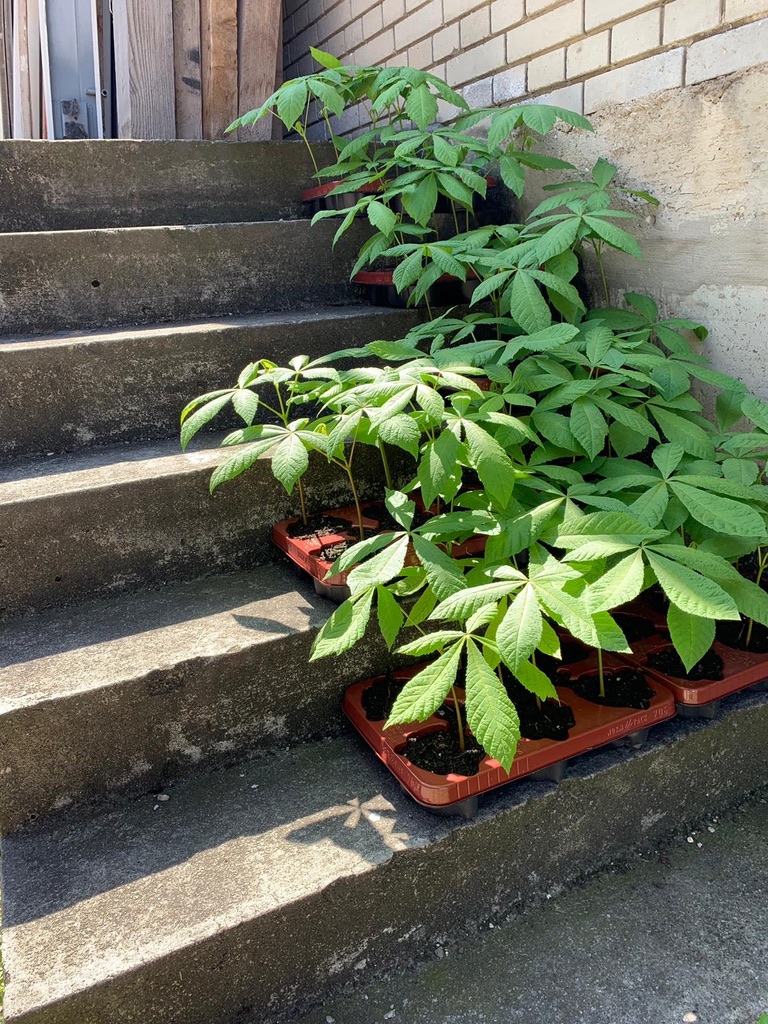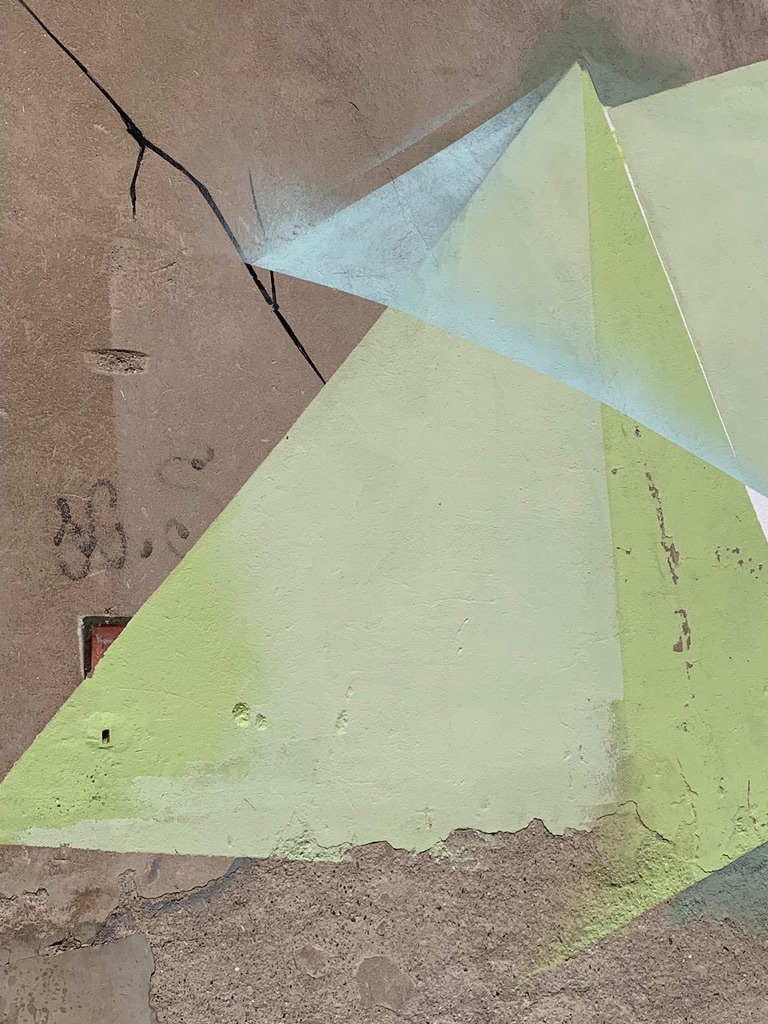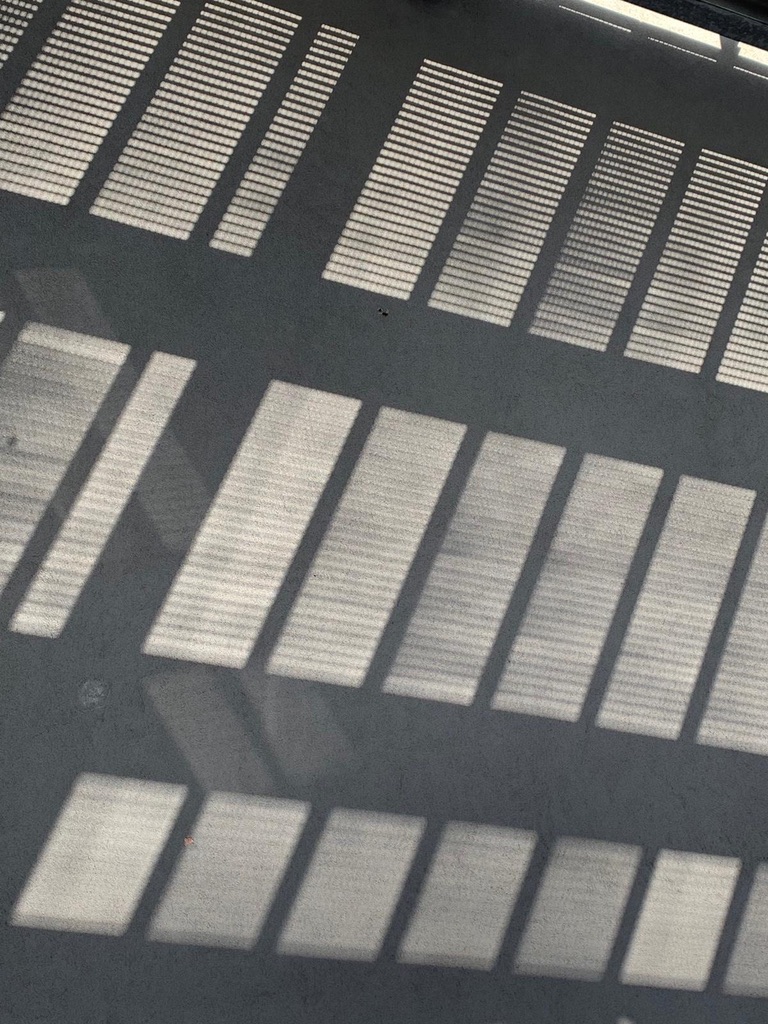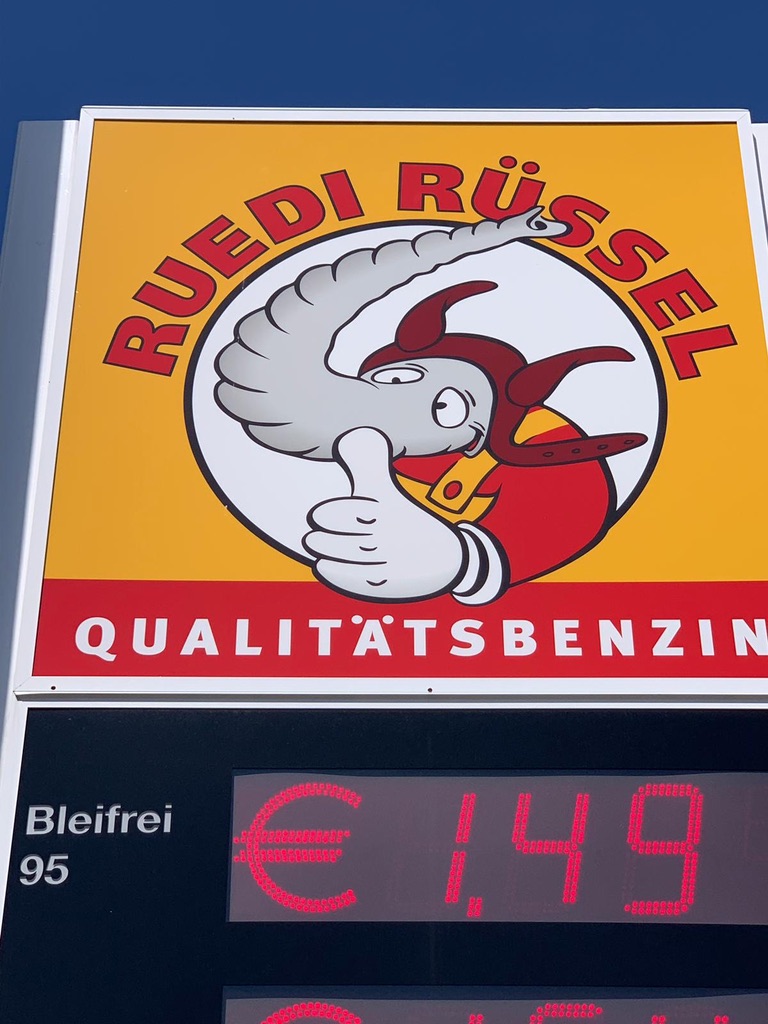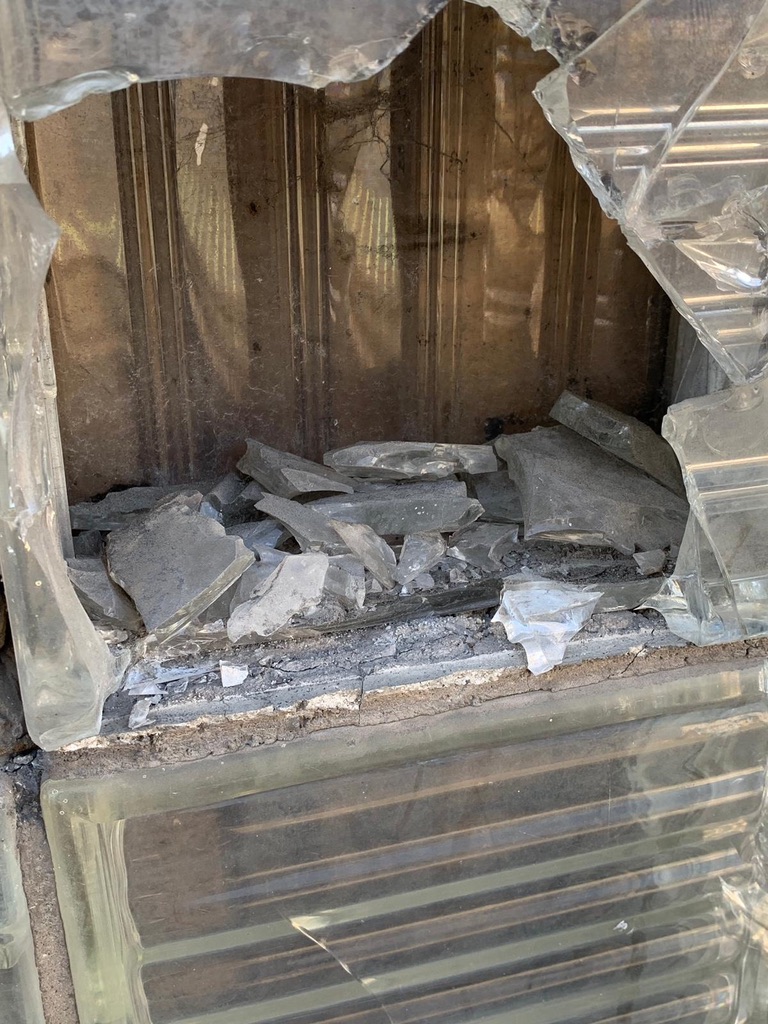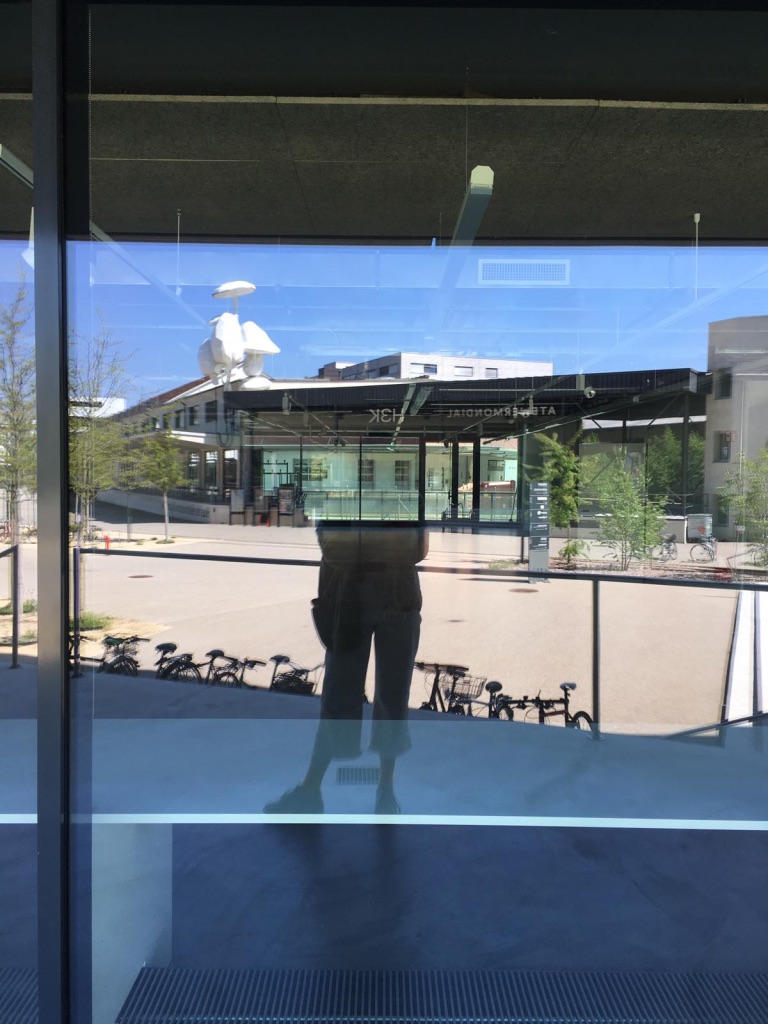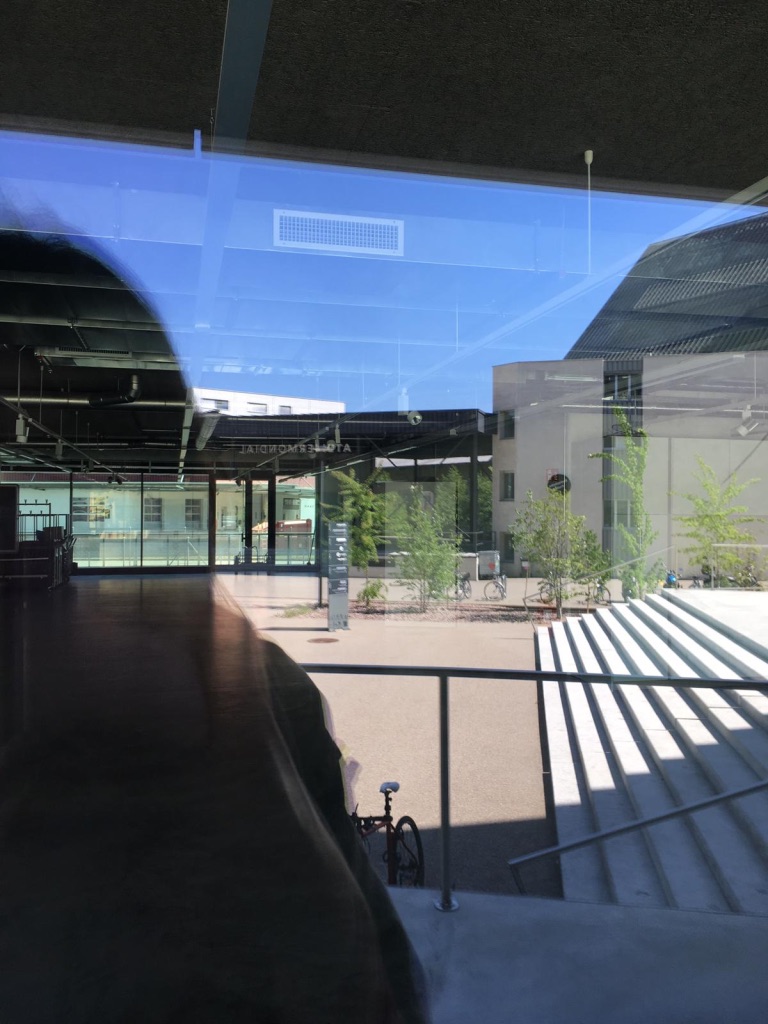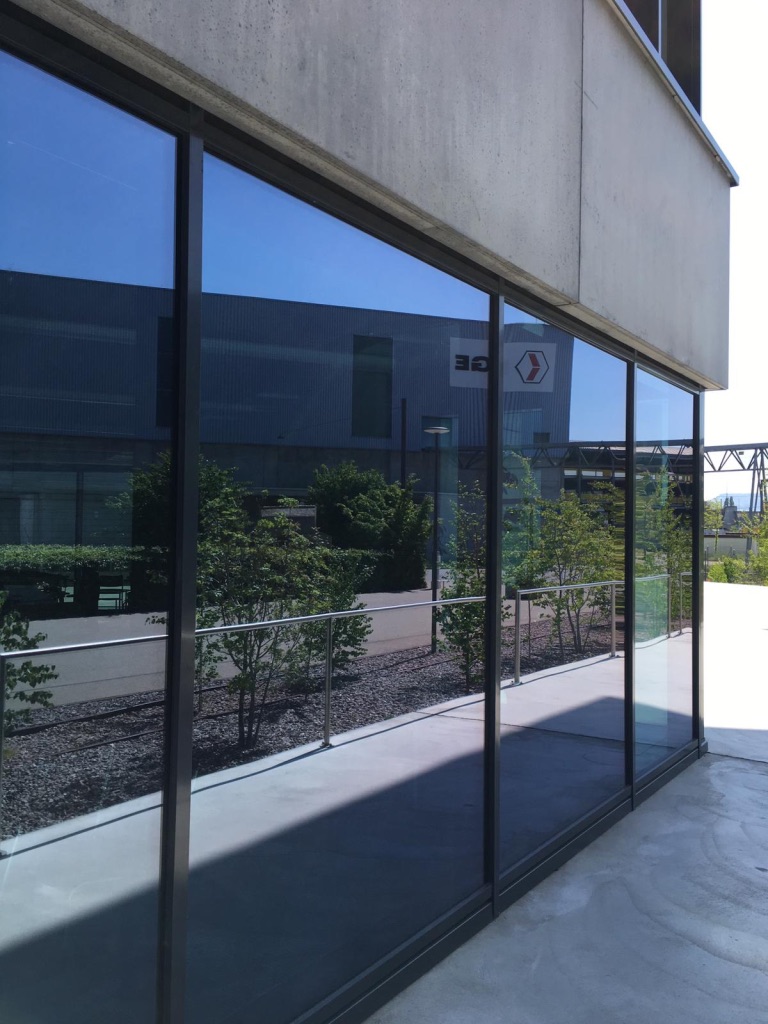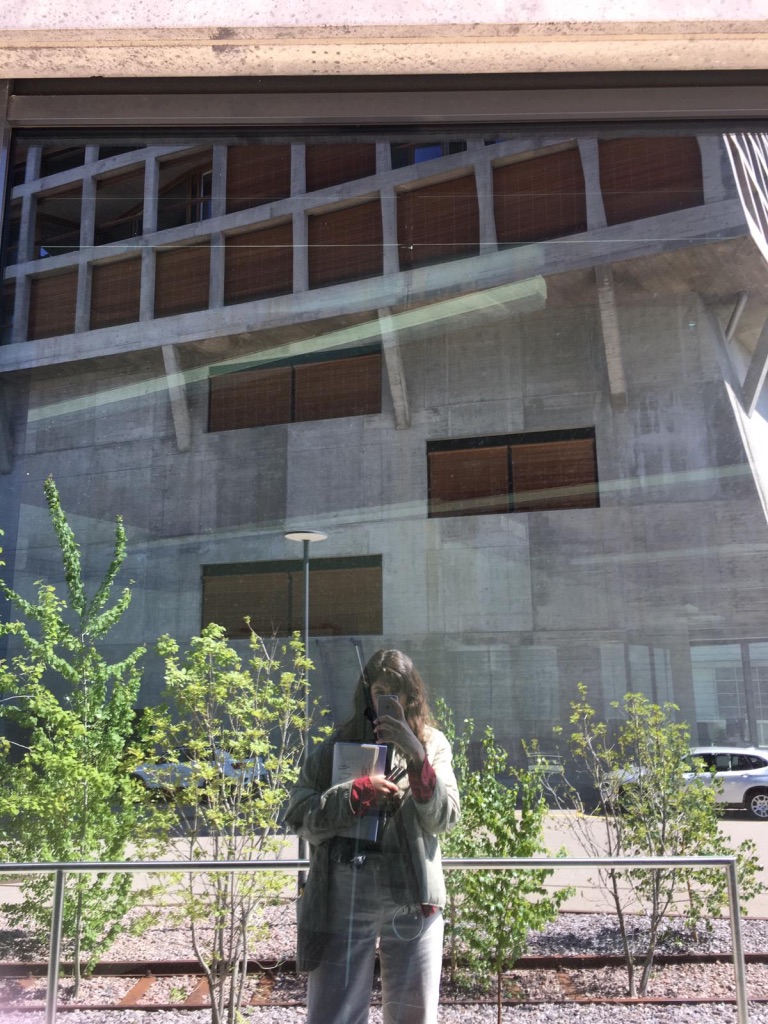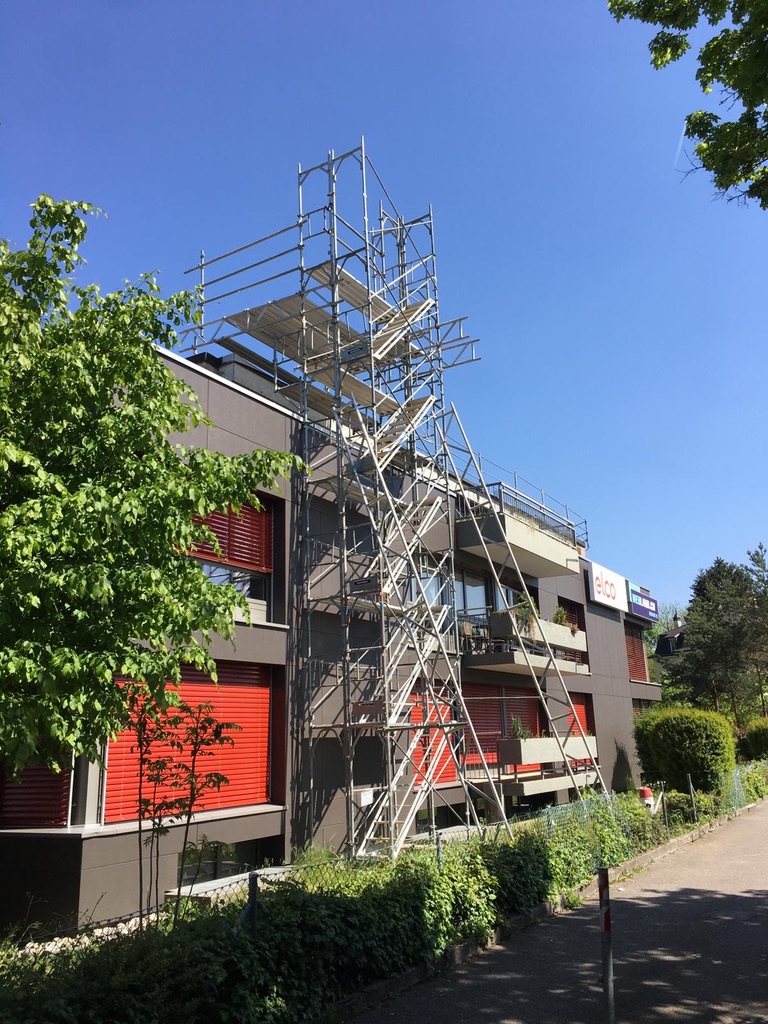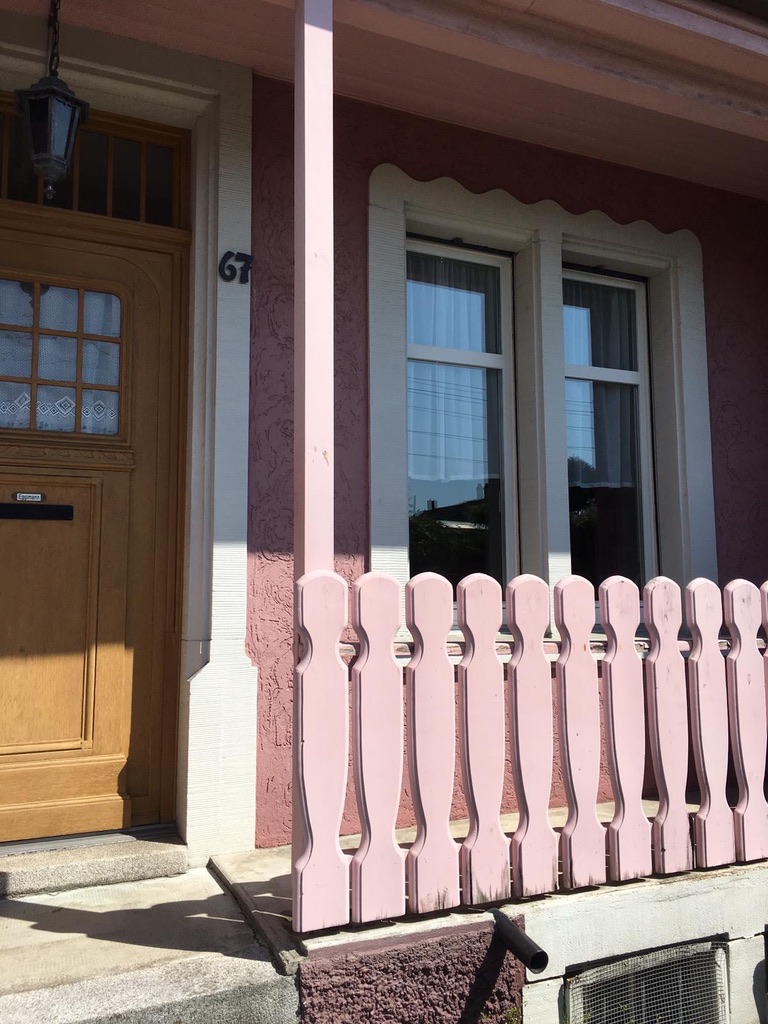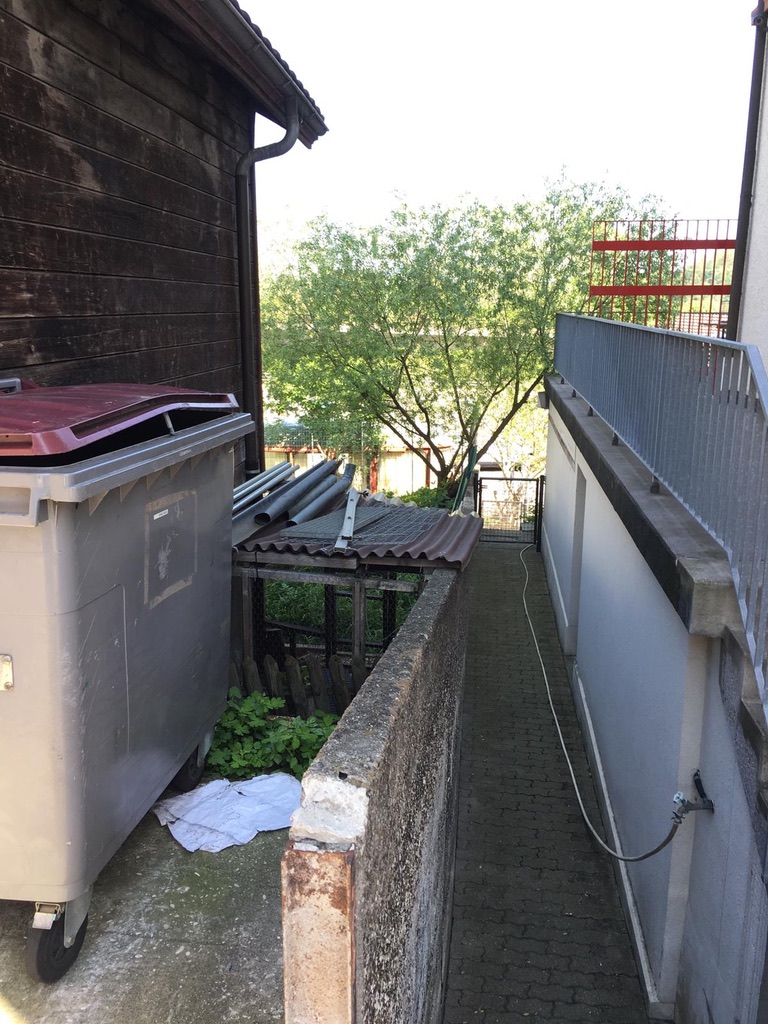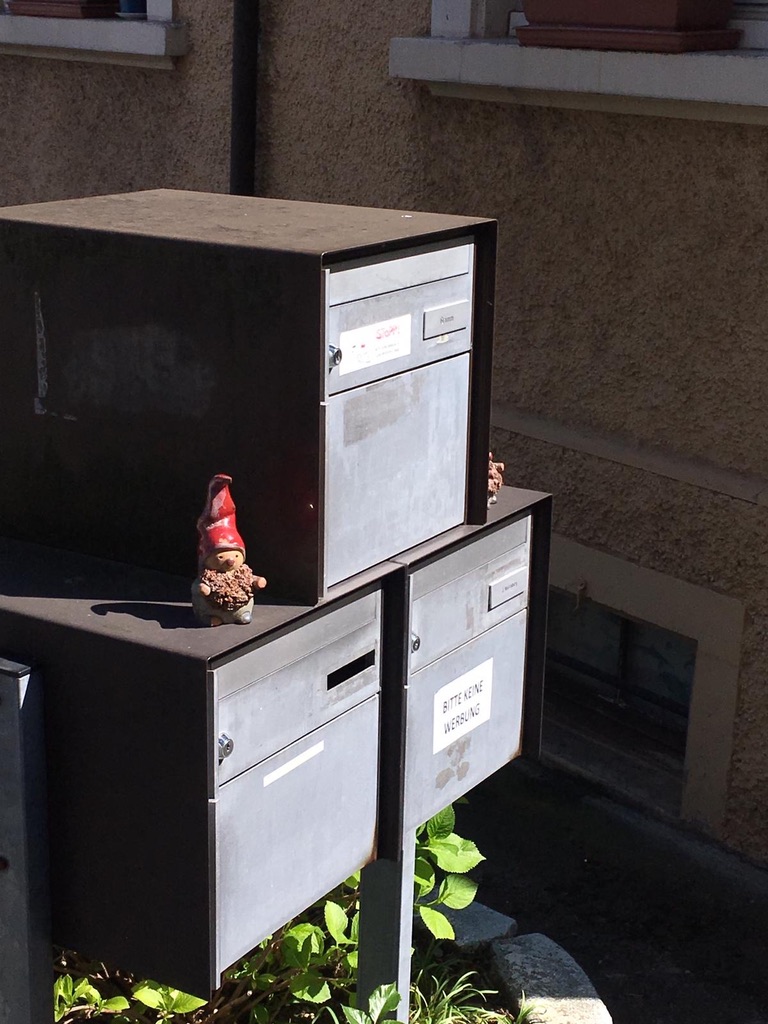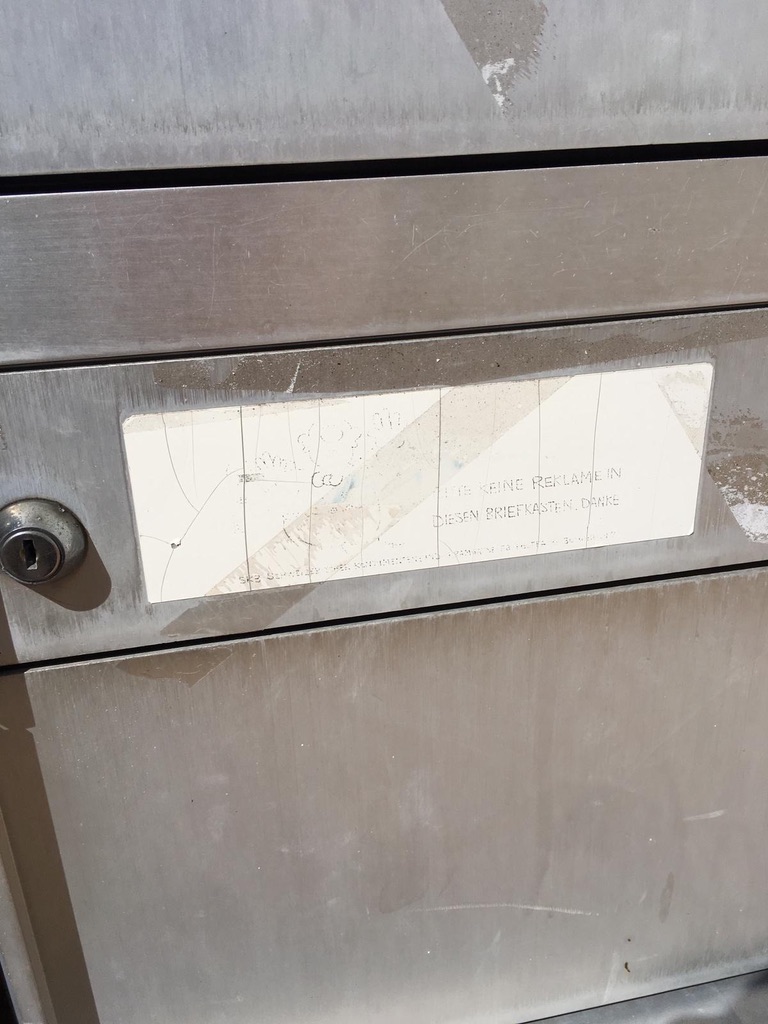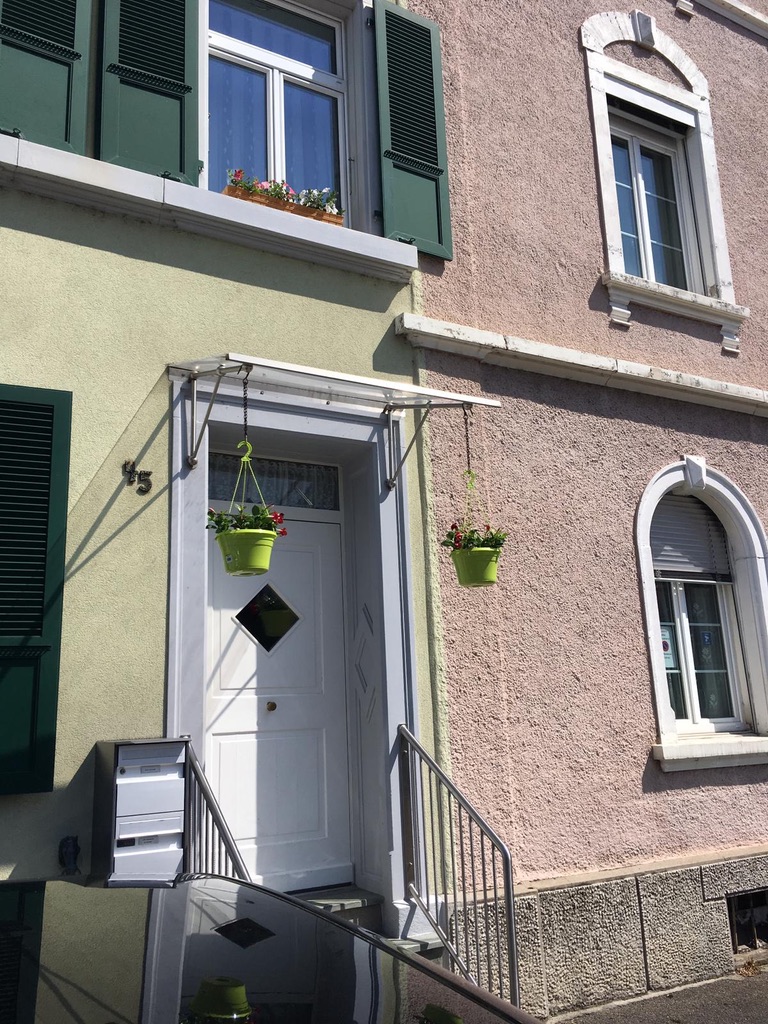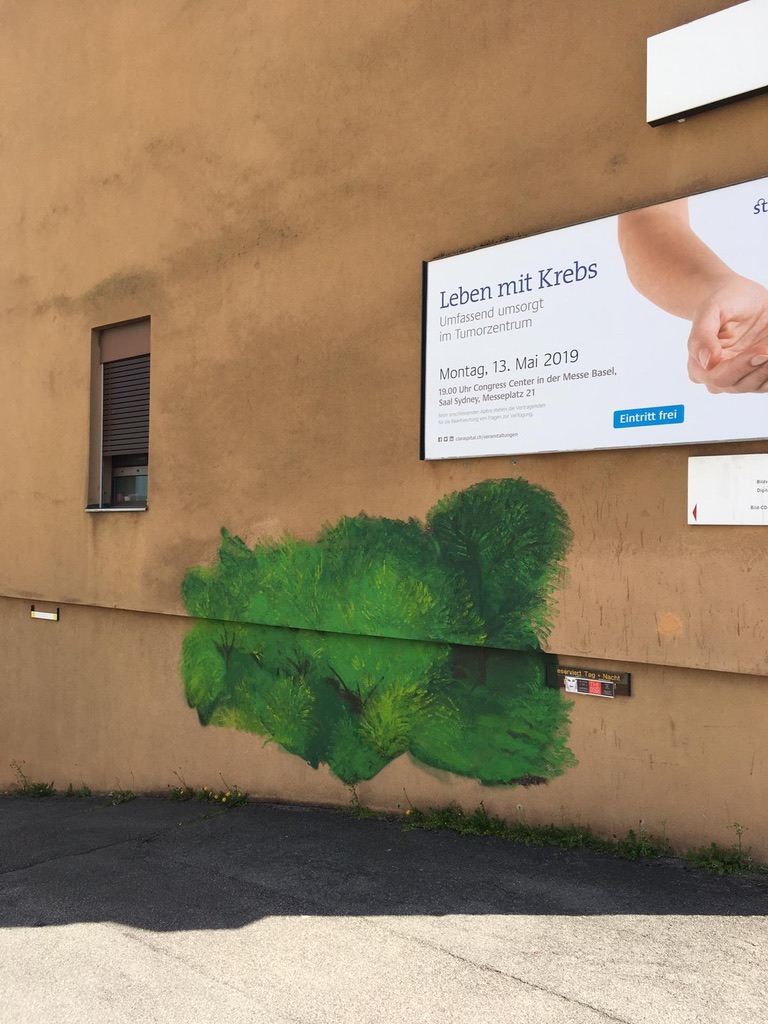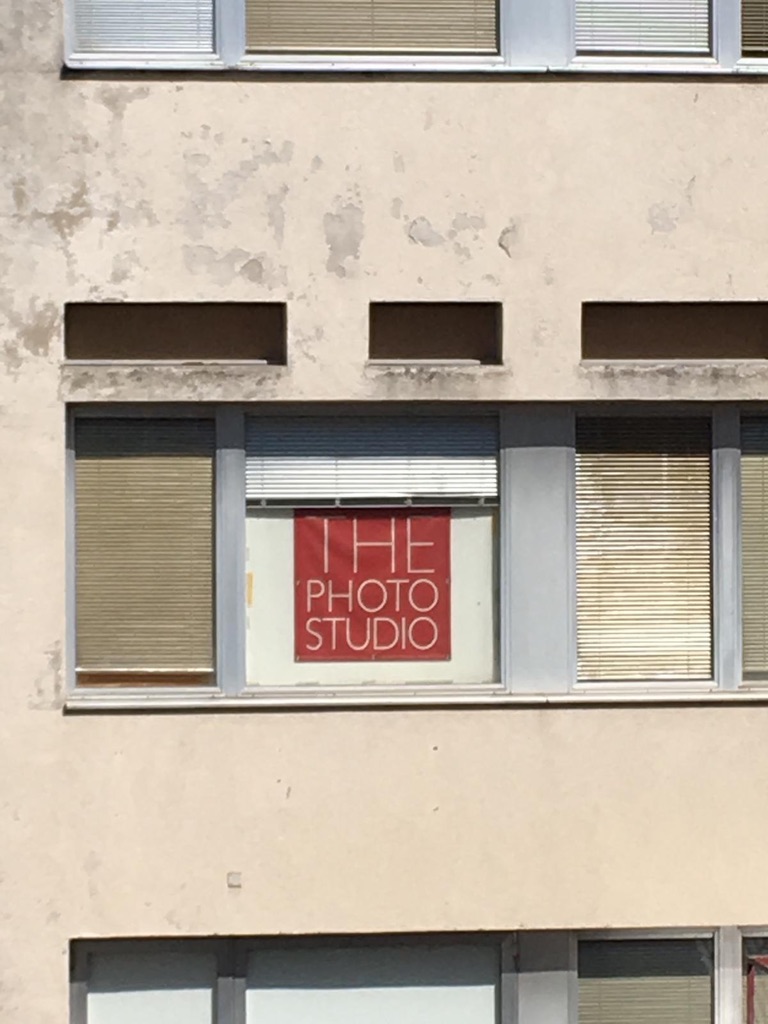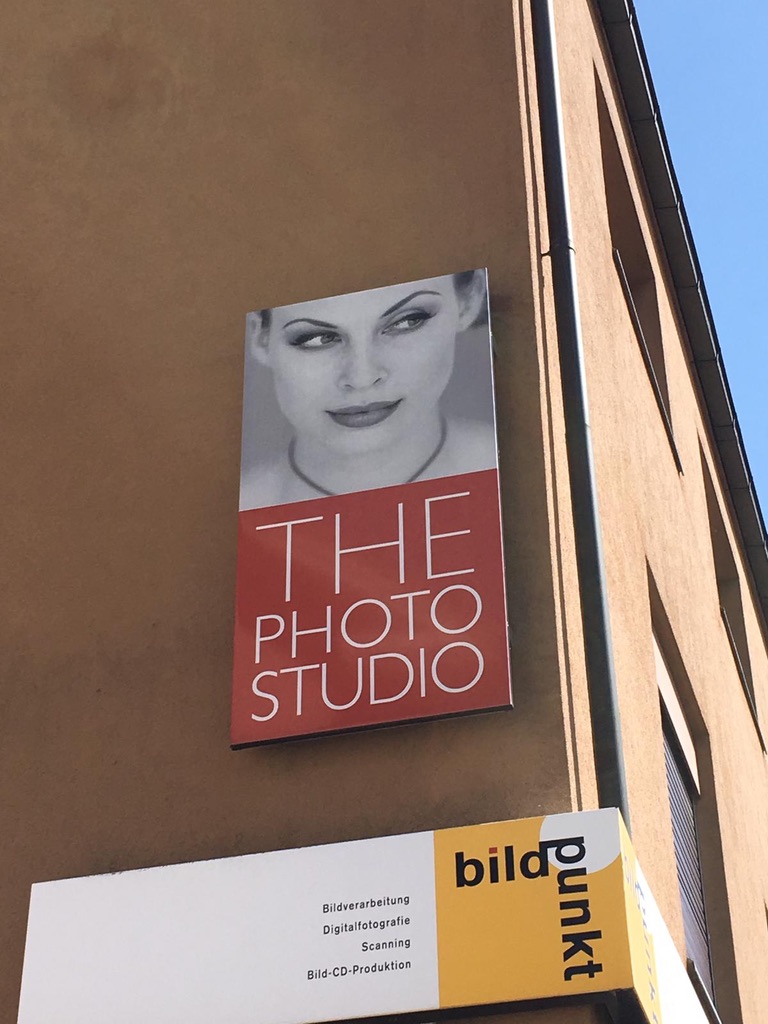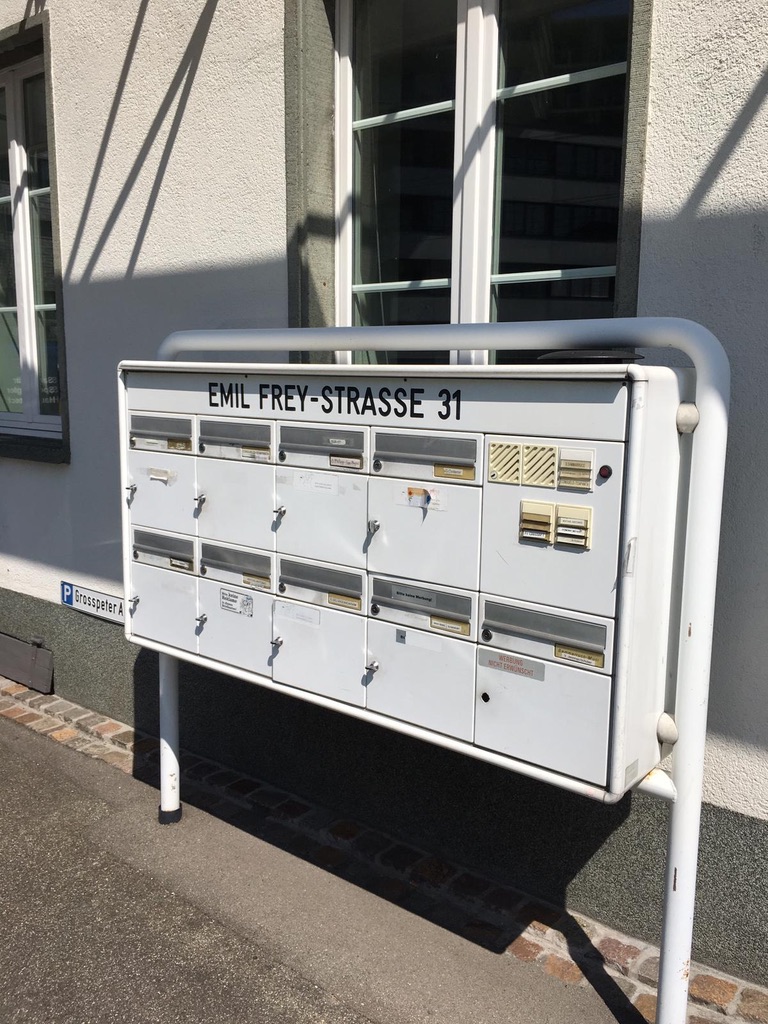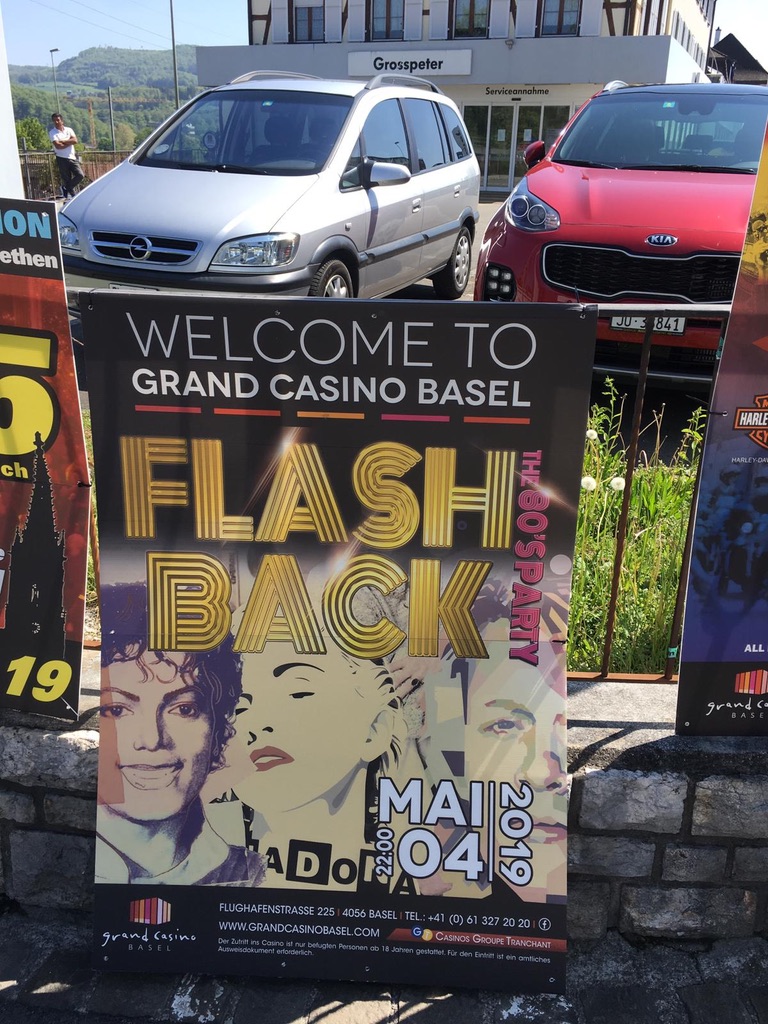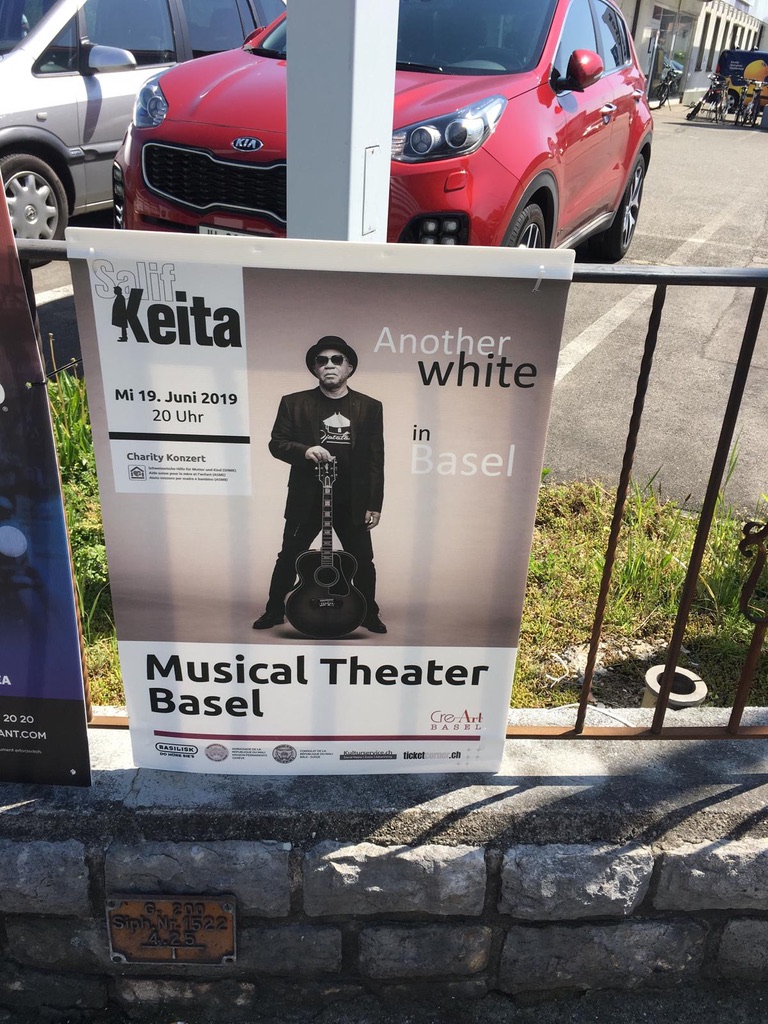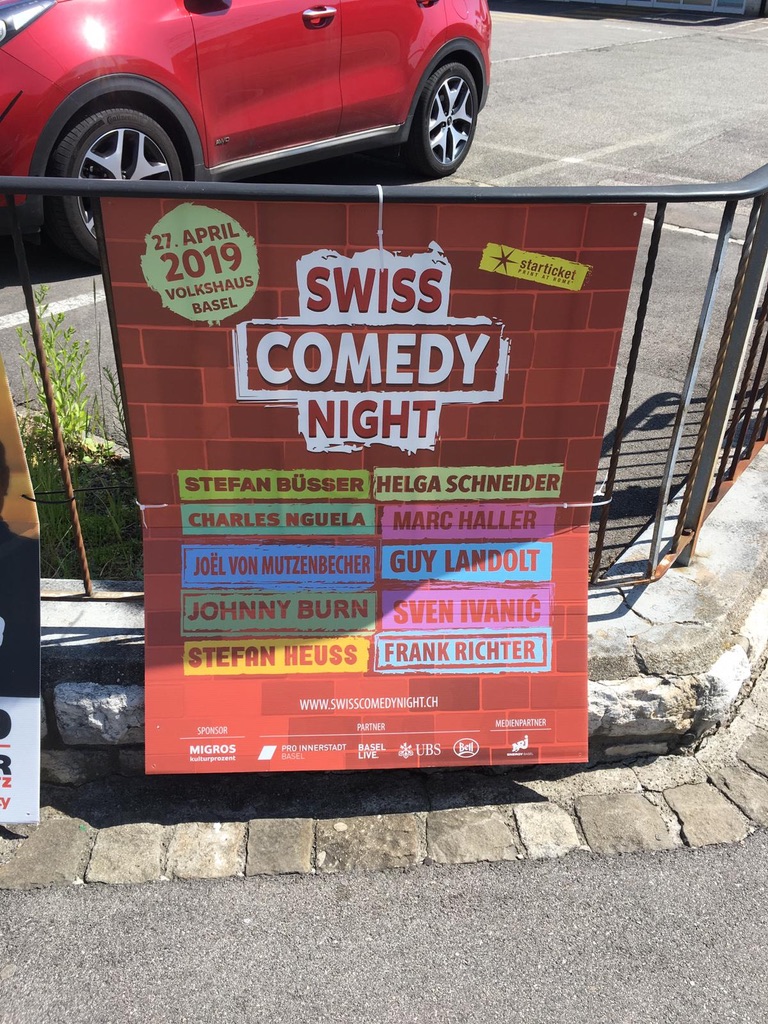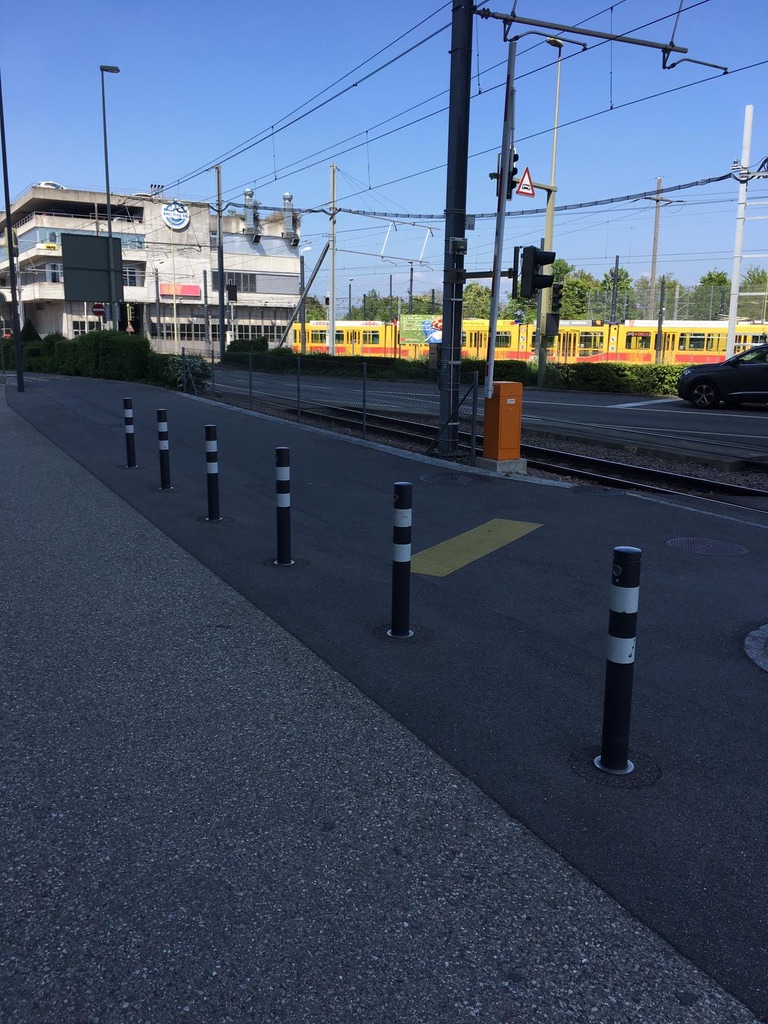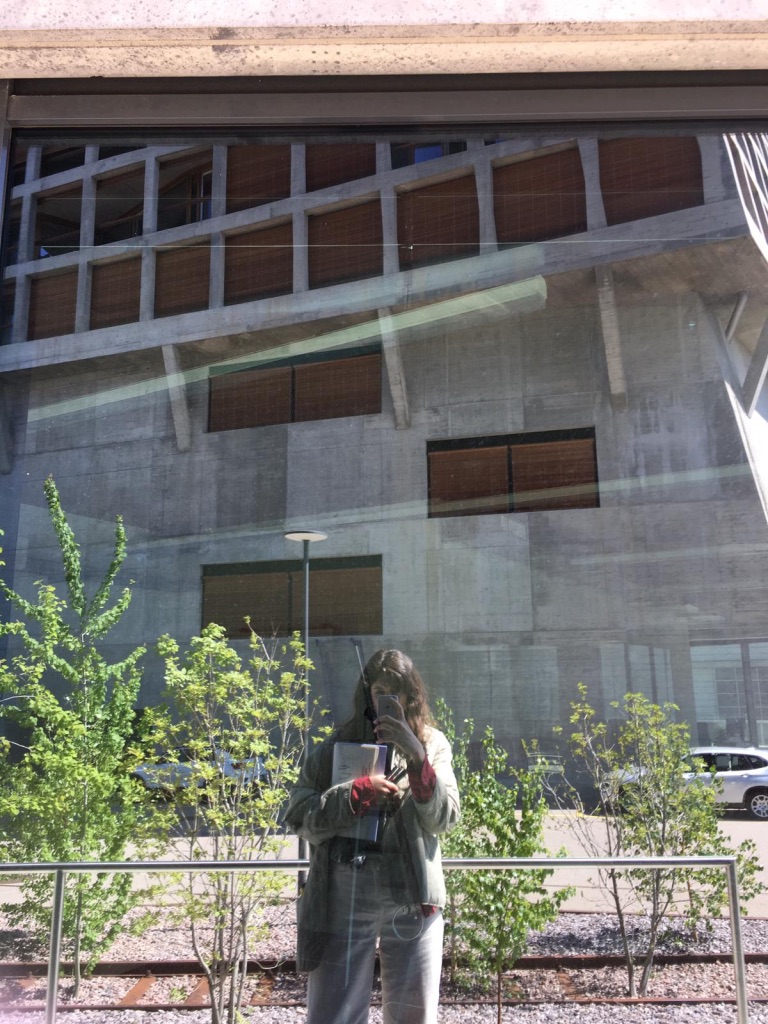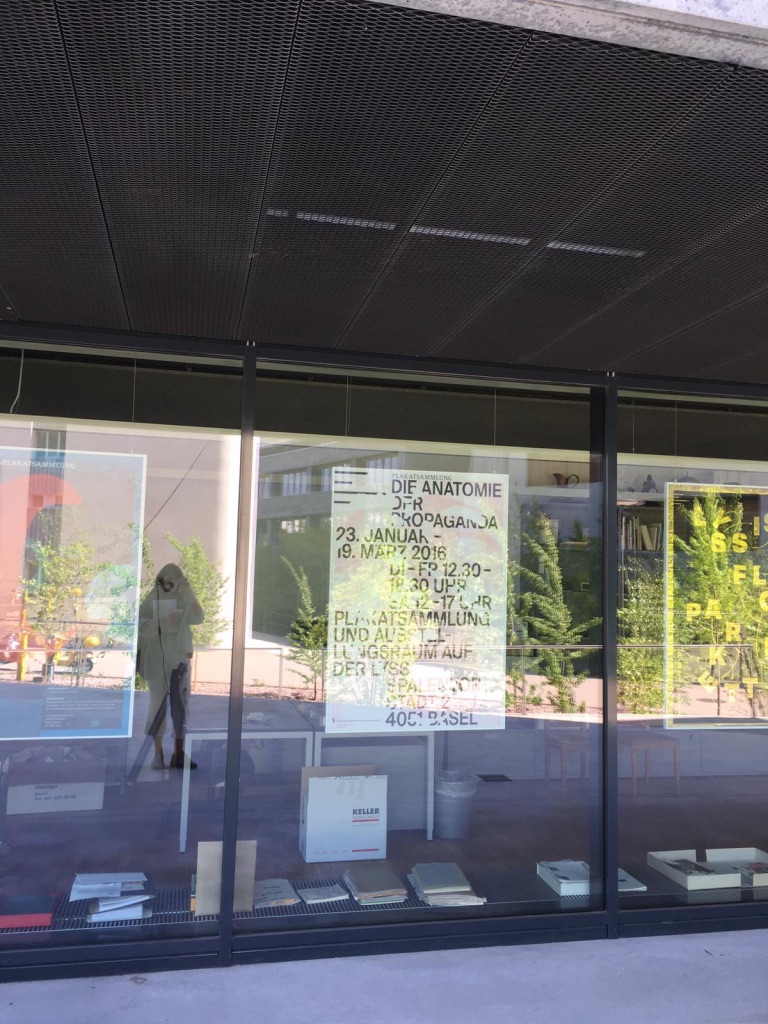Workshop
I hosted a workshop on campus with 5 fellow students from the master's program. The workshop was designed to introduce the concepts of psychogeography and close-looking and then allow the participants to collect images while walking in a defined area. The parameters of the workshop were intentionally fluid as I wanted to see how other designers approached and viewed the experience of focused looking while on an urban walk.
Walking Workshop | Visualising an Urban Space
01|05 | 14:00 - 16:30
What kind of images can describe the inherently physical relationship we have with urban space? We will take an urban walk (derive) to visually explore and gather images that communicate the participant’s experience of the space. The walk will be guided by the concepts of "close-looking" and Psychogeography. We will then discuss these images and their potential to communicate both real and unreal urban spaces.(Please bring your camera (phone) and/or sketchbook or any other recording material).
Participants: Alain. Ale, Anja, Michelle, Thomas
Overview:
This Workshop will use walking as a method of seeing.
In the spirit of Psychogeography and the Dérive there will be little formal structure.
Parameters of the Walk:
You may walk anywhere within the circle area
You may gather/create as many images as you like.
You should wander for at least 45 minutes.
You should be prepared to choose 5 images that best represent your experience with the walk to discuss with the group.
You may share images and experiences of your walking in the online group conversation if you would like.
Area of Walk:
Briefing:
Prior to walking we briefly discussed some of the concepts of Psychogeography and considered the following two statements:“Psychogeography seeks to overcome the process of ‘banalisation’ through which the experience of our familiar surroundings is rendered one of drab monotony... all share a perception of the city as the site of mystery, as they seek to uncover the true nature of that which lies beneath the flux of the everyday.”(1) “Psychogeography: a beginner’s guide. Unfold a street map of London, place a glass, rim down, anywhere on the map, and draw round its edge. Pick up the map, go out into the city, and walk the circle, keeping as close as you can to the curve. Record the experience as you go, in whatever medium you favor: film, photograph, manuscript, tape. Catch the textual run-off of the streets; the graffiti, the branded litter, the snatches of conversation. Cut for sign. Log the data-stream. Be alert to the happenstance of metaphors, watch for visual rhymes, coincidences, analogies, family resemblances, the changing moods of the street. Complete the circle, and the record ends. Walking makes for content; footage for footage.” Robert Macfarlane”(2)
We also discussed the goal of capturing images that reflected the physicality of the experience or capturing details which were revealed because of the way we moved or stood. In general, images that reflected the experience of bodily being in the urban space.
Process:
The Participants explored individually and shared at some points during the walk images and experiences in an online group conversation.
Results:
The participants gathered/created:
180 photos
12 drawings
9 videos
2 audio captures
4 'slit' photos
5 written narratives with texture
3 charcoal foot pressure imprint
Discussion and Analysis:
Physical presence
Many of the participants sought out their reflections in the environment as a way of showing that they were physically there. This was likely a response to my prompt of looking to create images that showed the bodily experience of being in the space. Anja felt that a big challenge was to show how she was present in the drawing or photos, she thought that a thing to consider would be footprints that we leave or even disturbances that we create in the urban space. (Traces) Alain spoke of how sharing his perspective of something that was very detailed was somehow already placing him physically in the space, his personality, his unique view of something was there, layered over the space.



Strange things
Alain also spoke of certain weird things or interesting things, light and shadow plays that he noticed by virtue of being in a particular spot and being aware. Ale also was drawn to 'Weird" stuff, the special or unique things that she saw as she walked. These unusual details were also gathered by other participants in images that captured quirky accidents, unexpected objects or such which somehow showed their unique experience or perspective. Somehow, these details seem to show not only that the walker was physically in a place but also that what they find interesting and somehow in the process showing their unique perspective on the space.




Boundaries and limits
Ale spoke about being more 'brave' than normal, willing to approach areas that were considered more private space. Somehow, the context (excuse) of an assigned task empowered her to move into these spaces which is very interesting. She was 'really in the mood of taking pictures'.
On the other hand, Anja tried to stick to the outline of the drawn circle on the map. By doing this she was forced to walk in areas of high traffic or that were very pedestrian unfriendly and ended up far out of the way.

Group chat while walking
I sent a message to the group about 20 minutes into the walk which opened up an online conversation during the experiment. I did not discuss this with them before the walk, so they were not expecting it, the message said:
Hello Walkers, Are you aware of how the street structure dictates where can go? You must follow the urban grid... but sometimes you can find a new path.
After this message, the group began actively sharing images they were creating. Throughout the walk, they shared over 100 images and videos as well as comments. Anja spoke of these messages saying that she enjoyed seeing other peoples perspectives during her walk. She also expressed that if left alone she always does the same thing and somehow seeing what others were doing pushed her to try new things. Thomas perceived it differently as he found the messages brought him out of his unique and personal experience and forced him to interact with the group. "In one way you have a new layer which is over the primary experience but on the other handed it distracted me somehow". He pointed out that by seeing the other images being created he felt in some ways that his images would react to them. I think that this is very interesting to think about in terms of how inputs we may have while walking such as social media, conversations, google maps or even music affect our perception of the urban space.
Other Inputs
Michelle used some very unique methods to create images during her walk. She wrote descriptive narratives, describing smells, feelings. She pressed the paper that her narratives were written on onto the textures that she felt were significant to her. She also wanted to try and capture the feeling of her feet on the ground, the feeling when there is just a bit of gravel under your shoe or the unsteadiness of the grass. She put pieces of paper in her shoes and some charcoal to see what would happen and made some very unique pressure imprint with her feet. Finally, she also took a series of images with a slit-scan app, which essentially scanned the scene with a sliver of an image at a time which created some very unique images that are an interesting combination of time-based and still based images.

Michelle's foot imprints
Video
Michelle spoke about how photographs to her only capture one element what she really experiences. For example, she experiences sound very intensely, and so this is something that she finds missing in a photograph. She also was interested in layering these sounds or slight movements over an image by creating short videos with a still camera which created the focused attention of the still photo with the qualities of sound and slight movements. Alessandra also created a video as a way to capture the repetition of signs hanging in a row on a wall and the way the reflections evolve as she moves, which she did not feel could be captured in a photo.



Drawing vs Photography
Anja spoke about how stopping to draw somehow stops the movement and how it was a challenge to deal with that. We discussed how drawing forces us to interact with the image over a period of time whereas with photography you can capture quickly without as much consideration. I talk about how sometimes I feel that drawing also can have a level of "drawing" that overlays and even interrupts the image. Anja points out that this can also happen with photography where the awareness that it is a photo can overlay the image. We then discussed how the ease of taking photos with our phones can lead us to not reflect on the images that we are capturing. Michelle suggested that maybe using a different camera could resolve the issue? A medium format camera where you only have 8 pictures and it really does capture the light. An analog camera would have a very different character than digital or even a Polaroid camera where the amount of images you can capture is limited.



Google Images and digital images
We discussed how at times google maps dictates the image of the urban space. What if the people take over the visual online language of the urban space. Would this not begin to accomplish some of the political or radical ideas of the Situationists. A radical digital image takeover of an area.
We considered also google wayfinding images and their surreal quality with a focus on a monotonic image with floating arrows and options to find more images on the screen. And how do you follow an arrow that on the screen is pointing up or down? It is somehow real and unreal at the same time. You can look around and see what is around you without actually looking at what is really around you.
Michelle introduces us to the 'blind spots' on google maps. These are areas in street view where it is suddenly no longer mapped or if you look up the sky will disappear and there will be a black hole. We then discuss the idea of taking over the images of an area on Google earth by flooding it with your own geotagged images.
Future Images of future places
Thomas brought up the tension he felt between what exists in the area that we walked that is a part of our recent campus development and the part off-campus that was left alone. He talks specifically about nature appearing in uncontrolled ways rather than in structured planned ways that we see on campus - for example, the newly planted of birch trees. Where they have removed all the natural growth, added a layer of rocks and carefully planted new things. Outside of the campus area, there are all kinds of plants everywhere, in the cracks, in the gravel. On campus, the environment feels super artificial and you feel that the architect somehow could do whatever they wanted without needing to consider the actual people who would occupy the space. Ale suggests that our campus is still as it was rendered. Thomas states that in his opinion it is horrible to have this artificial top-down vision, architects and designers in a bubble implementing (imposing) their vision to the people without noticing the real life of the stakeholders and instead creating visions more suited to their portfolios than to the ones who are actually living in the environment.
Thinking of this I express my hope that the outsider view does not need to be an unreal view. In particular, we discuss that idea that I do not live in my research area so in some ways I am also an outsider but I believe that by using detailed seeing and focused walking the images I will ultimately create will be somehow real. Essentially, in a globalized world, we can expect to be moving in and out of urban spaces many times and being able to experience them as real is essential.


Next Steps to Explore:
video
audio
Analog photography
limiting amounts of images captured
Slit-Scan
pressure
texture
leaving a trace
drawing
blind spots on google maps
infiltrating or influencing google maps
urban space on social media
placing google images in the real space
making the real space unreal
Thank you to all of my wonderful workshop participants, Alain, Ale, Anja, Michell and Thomas for such a helpful and insightful collaboration.
︎All Images


